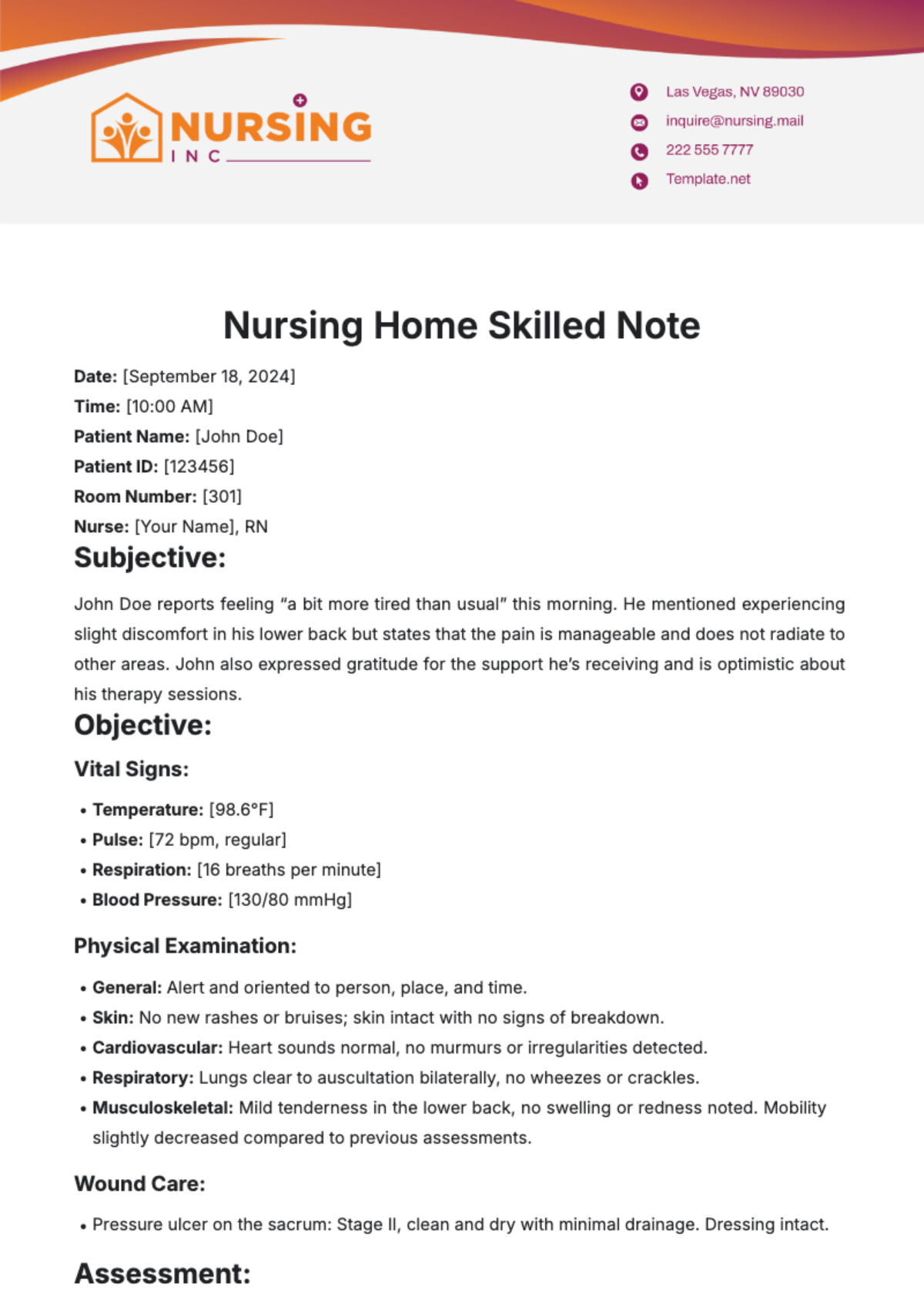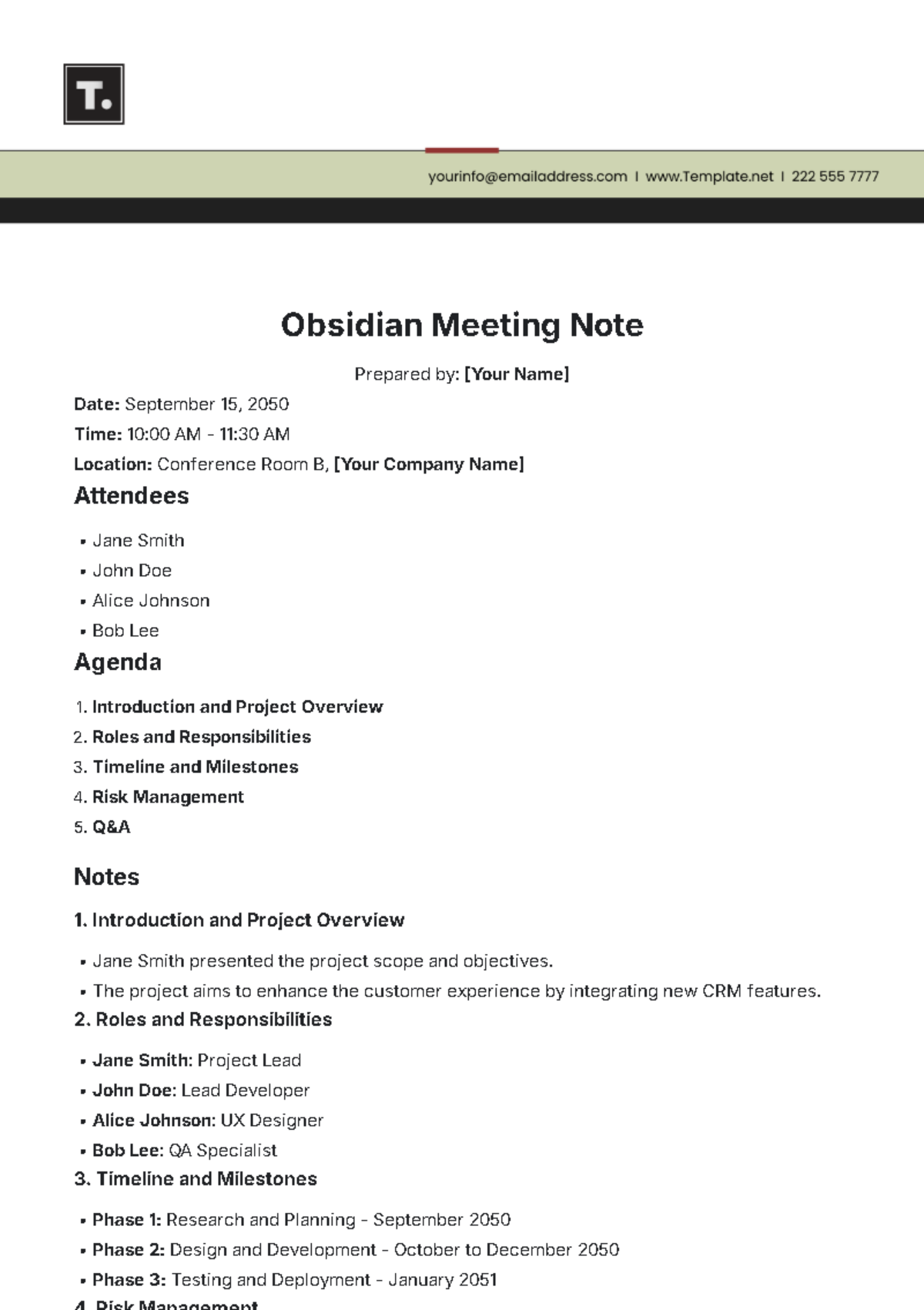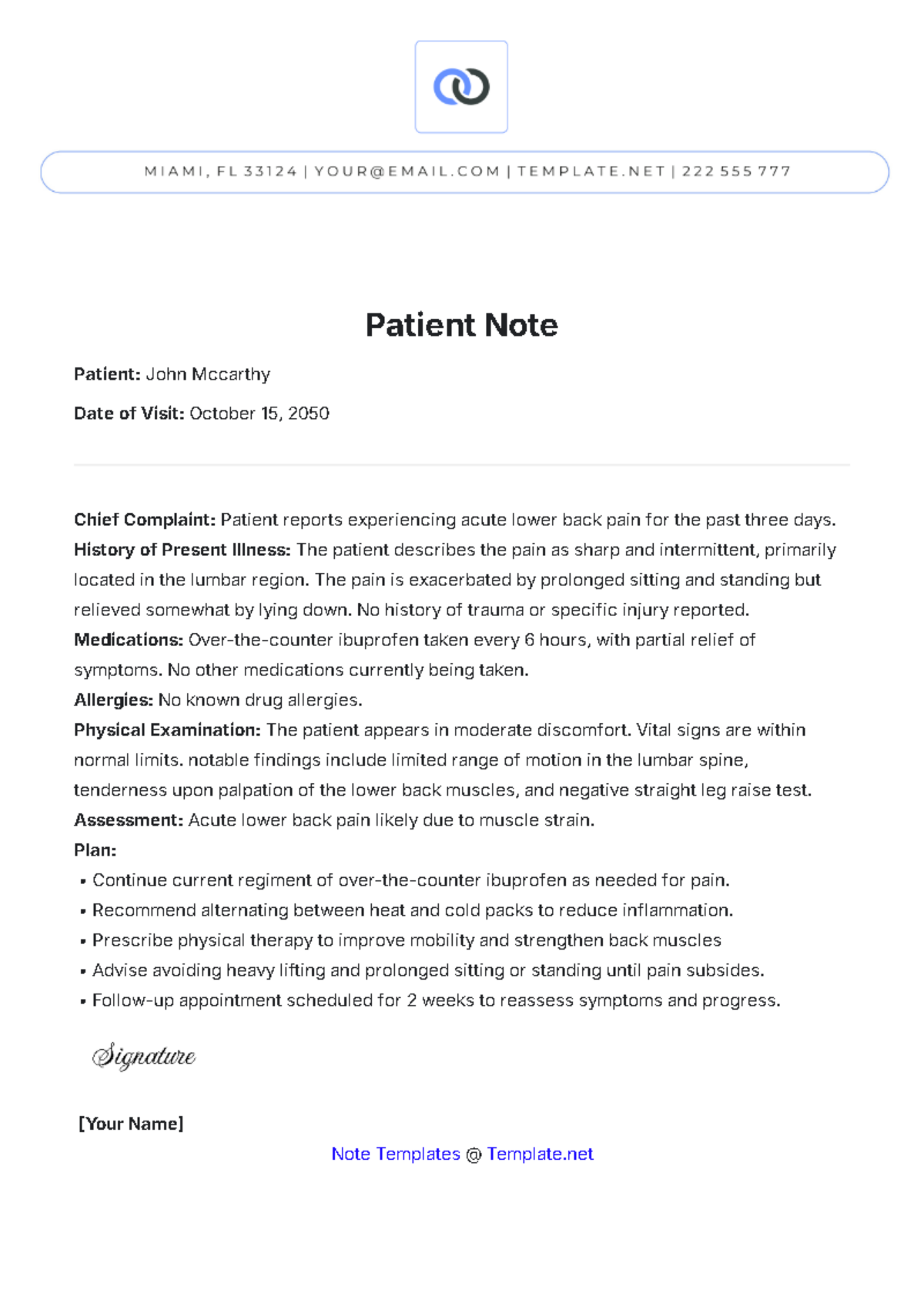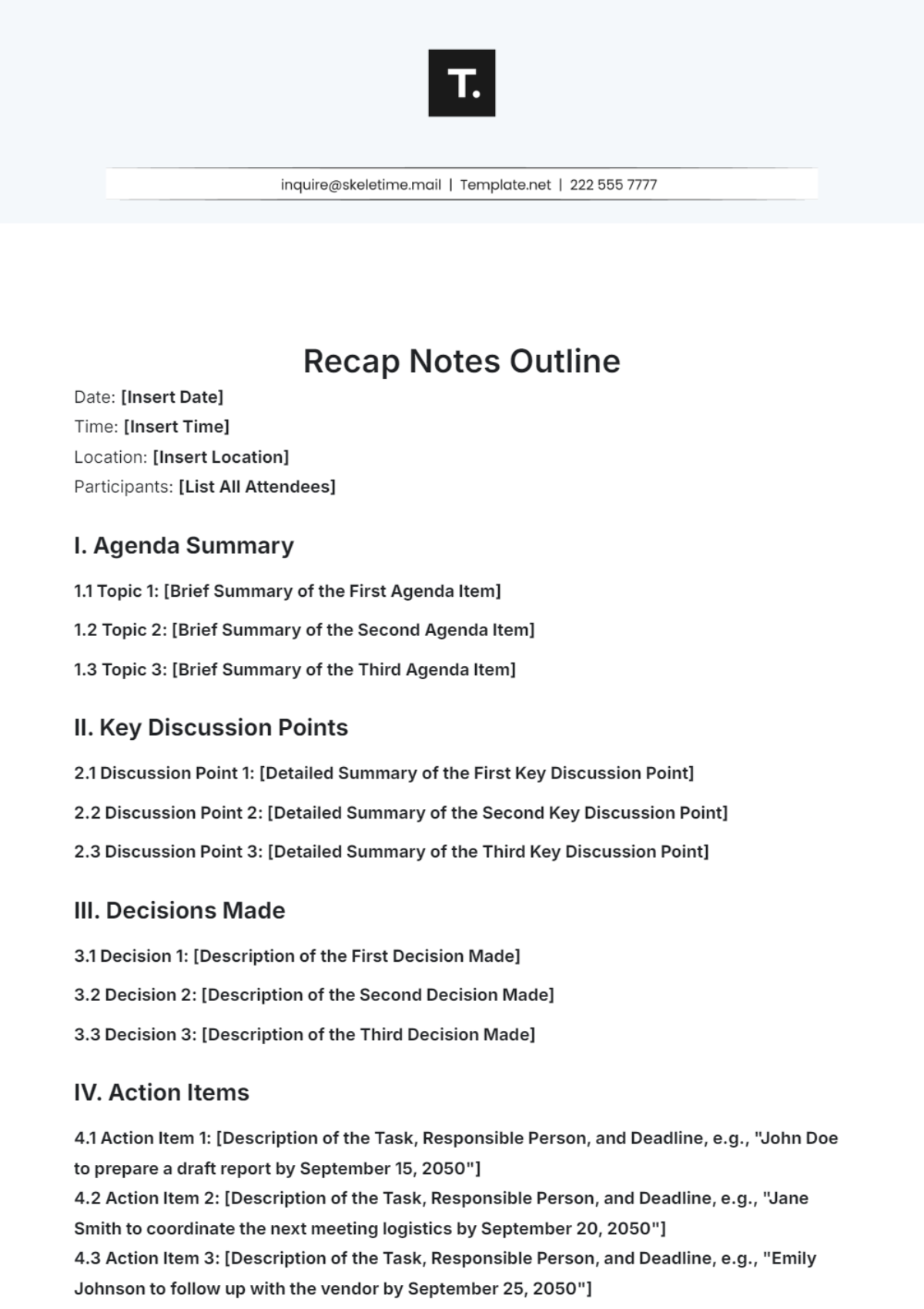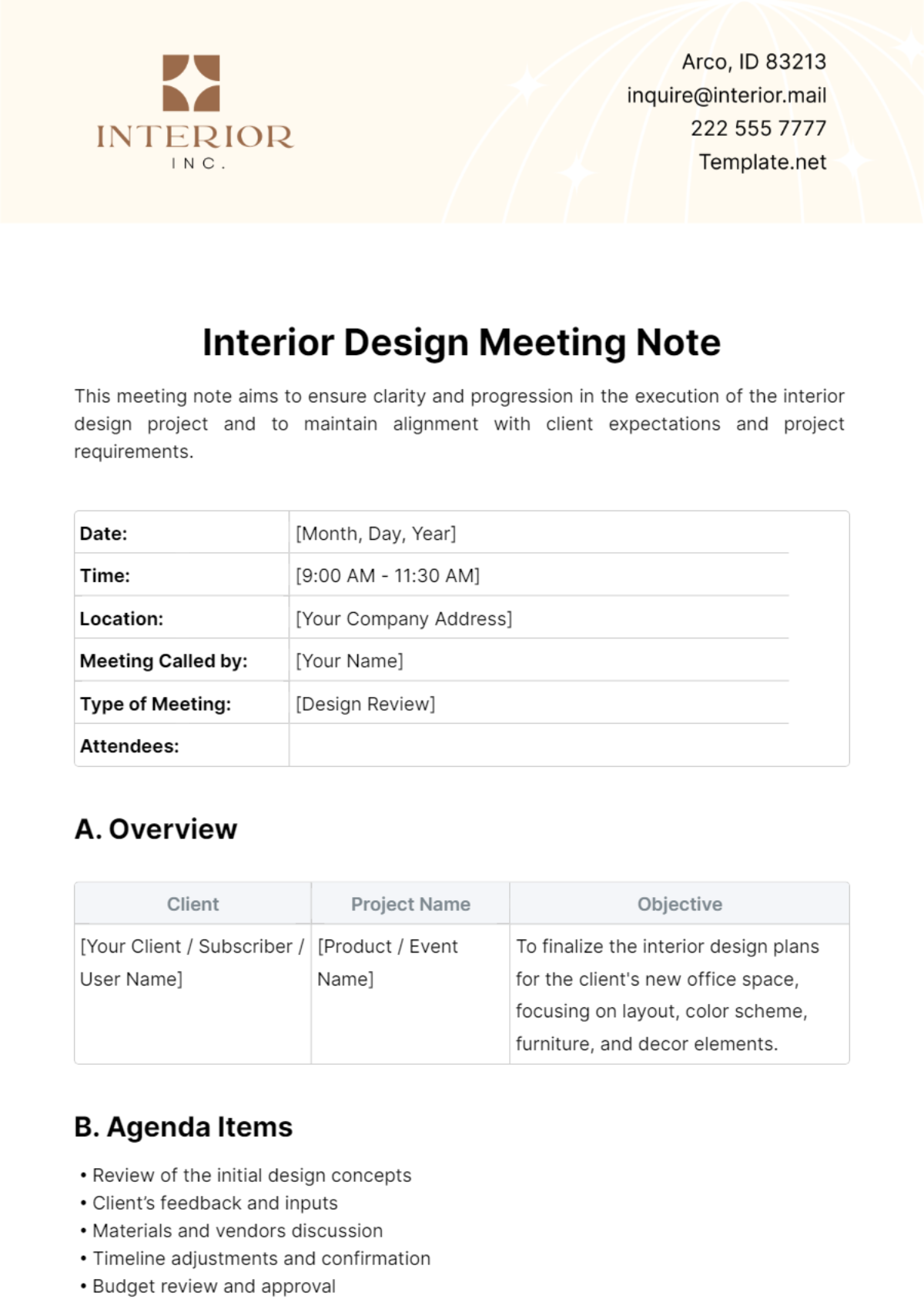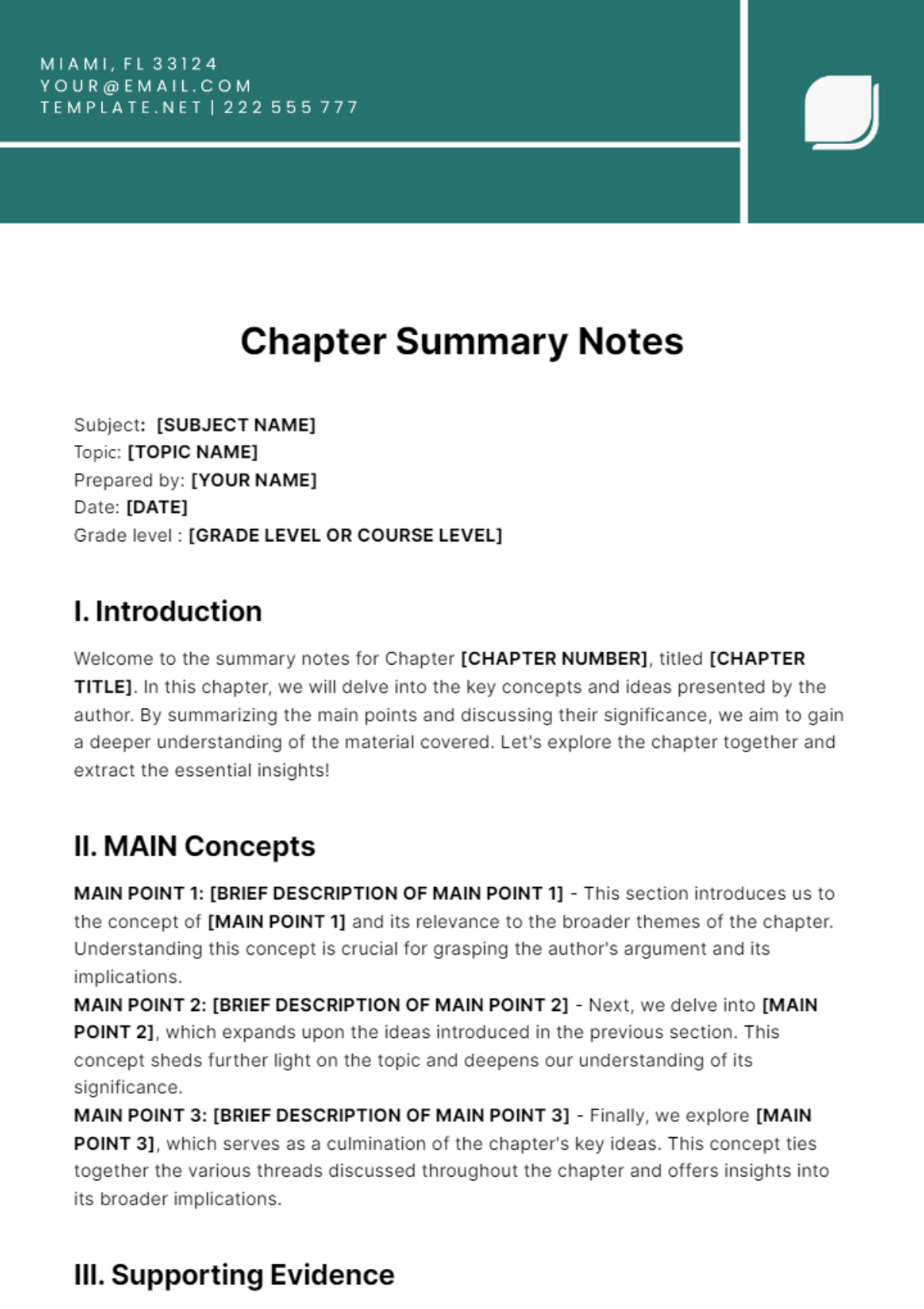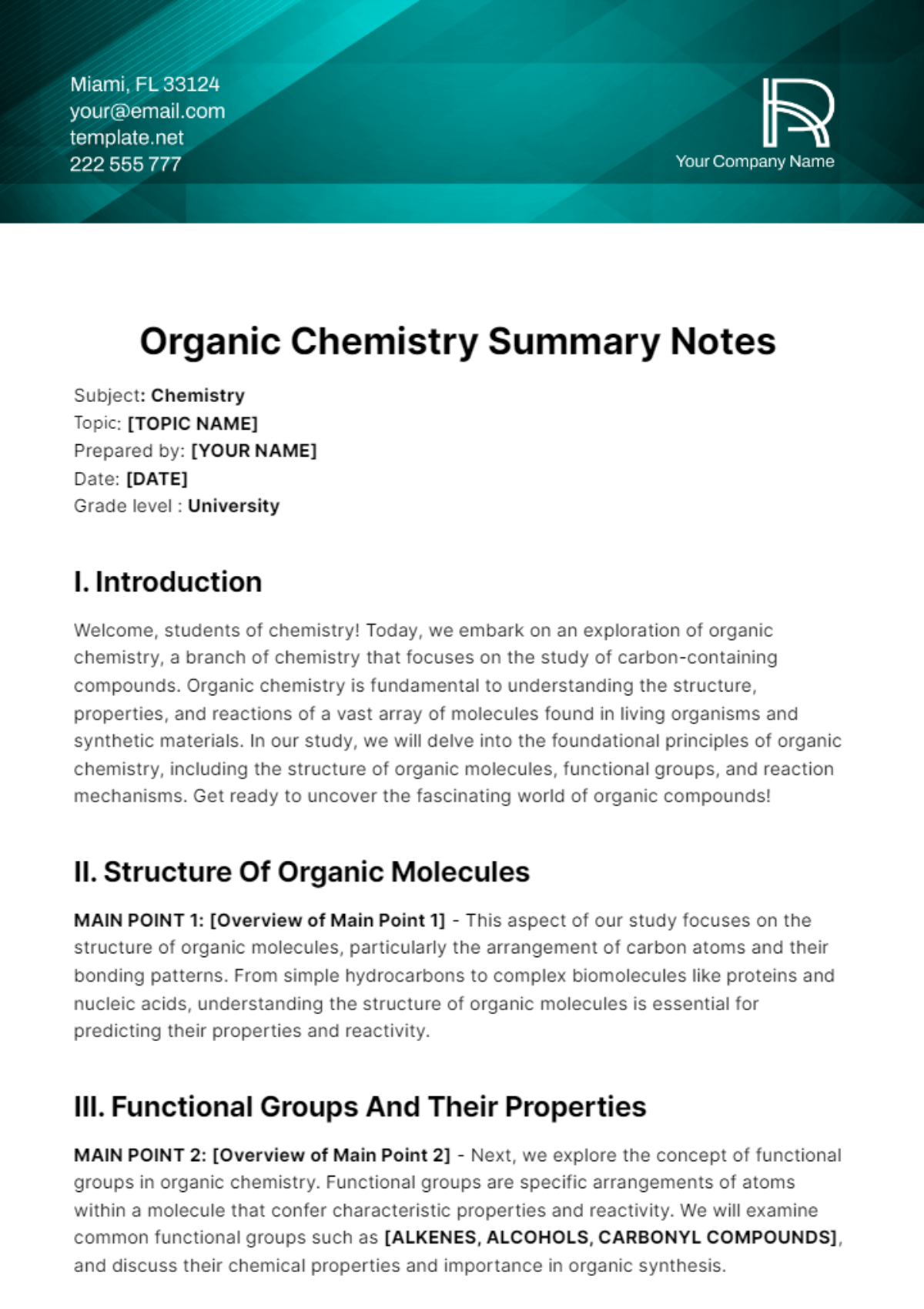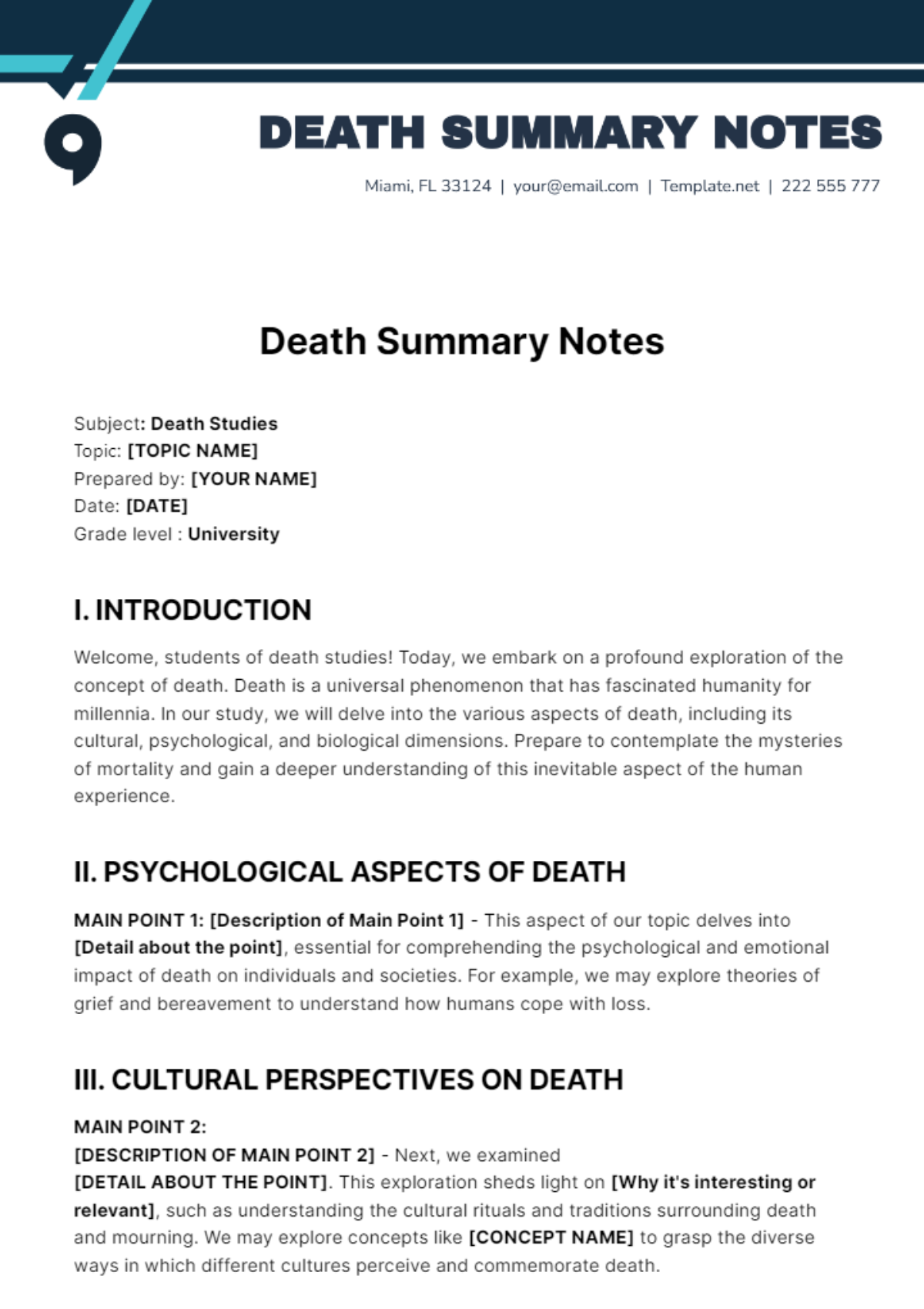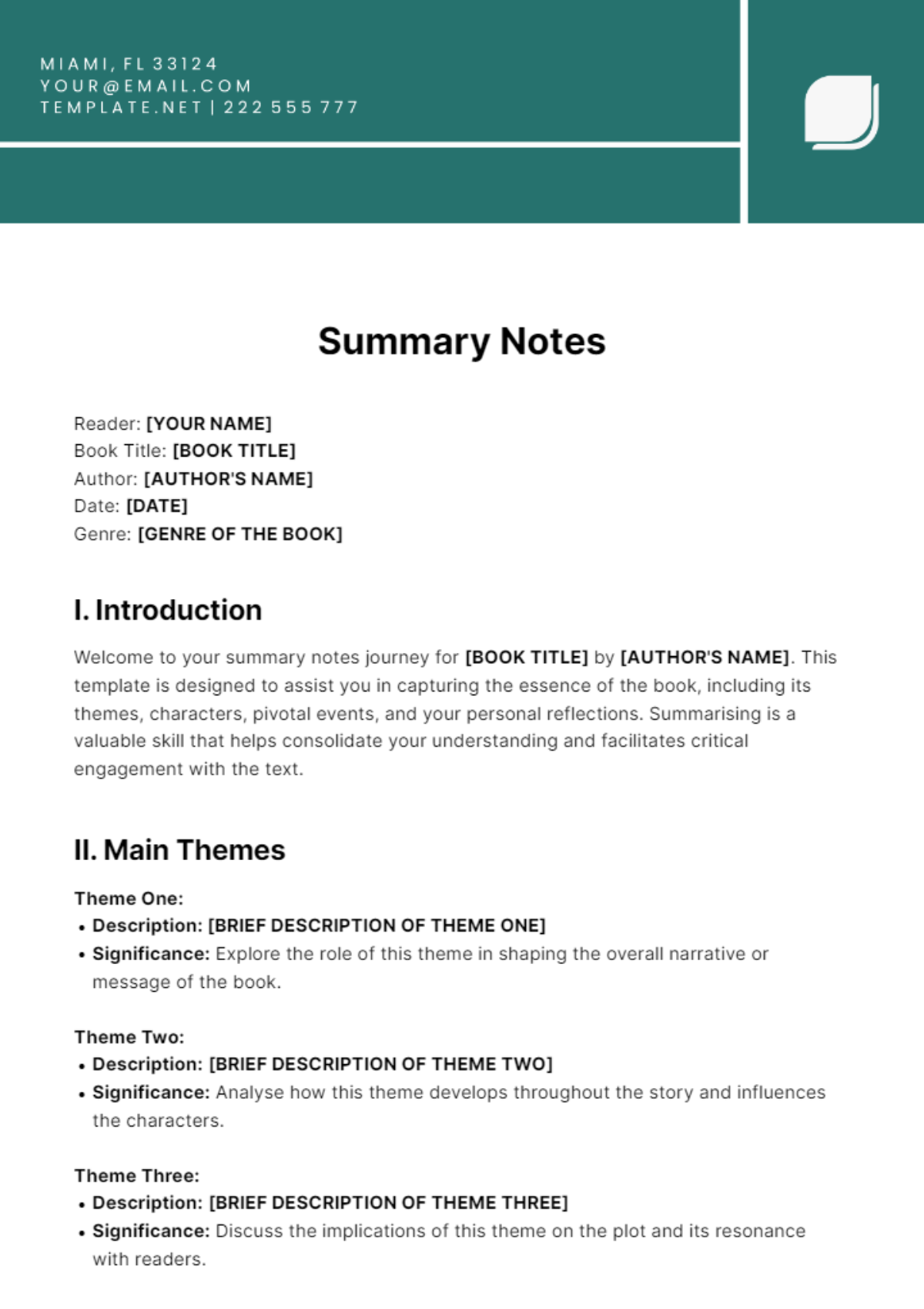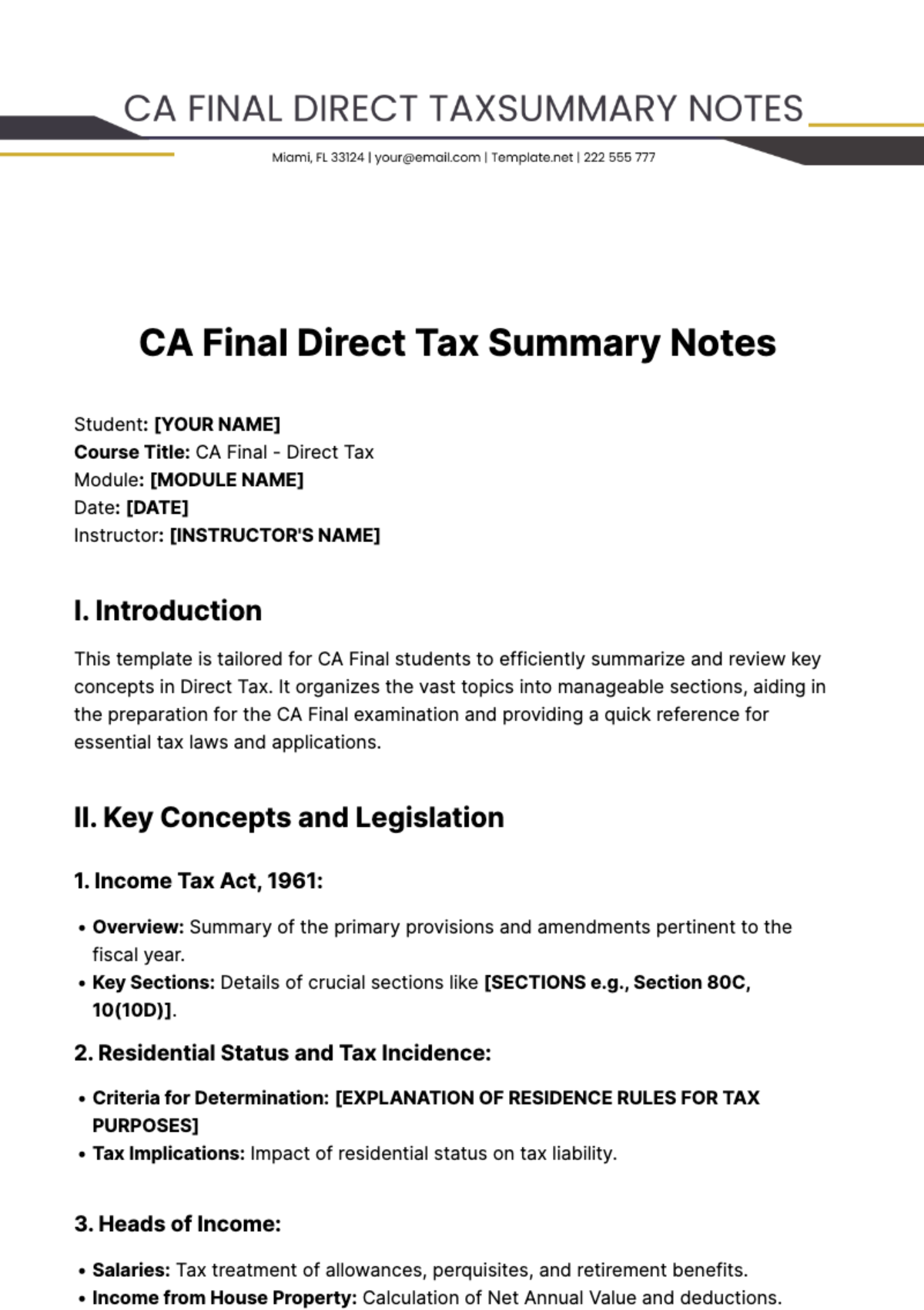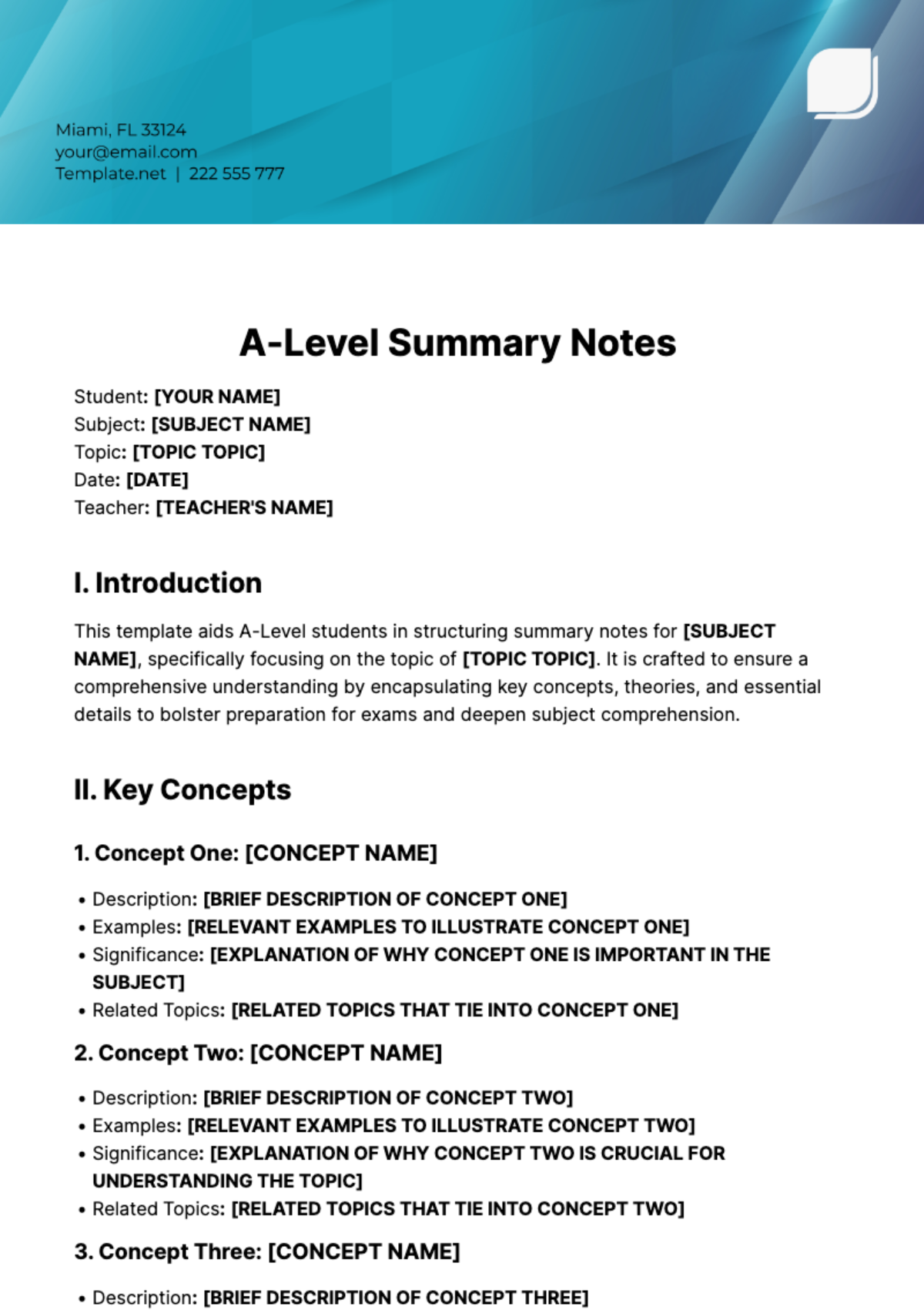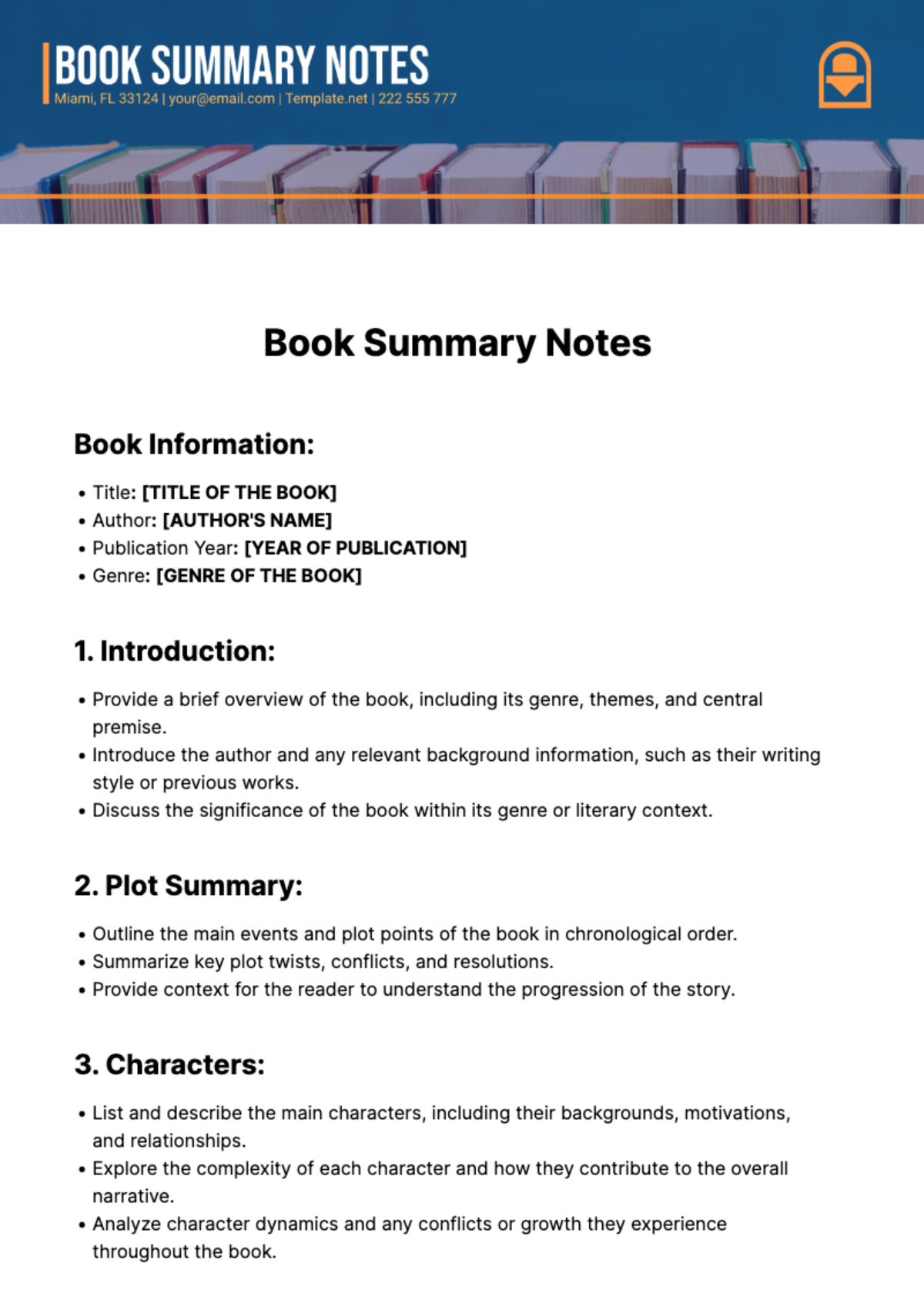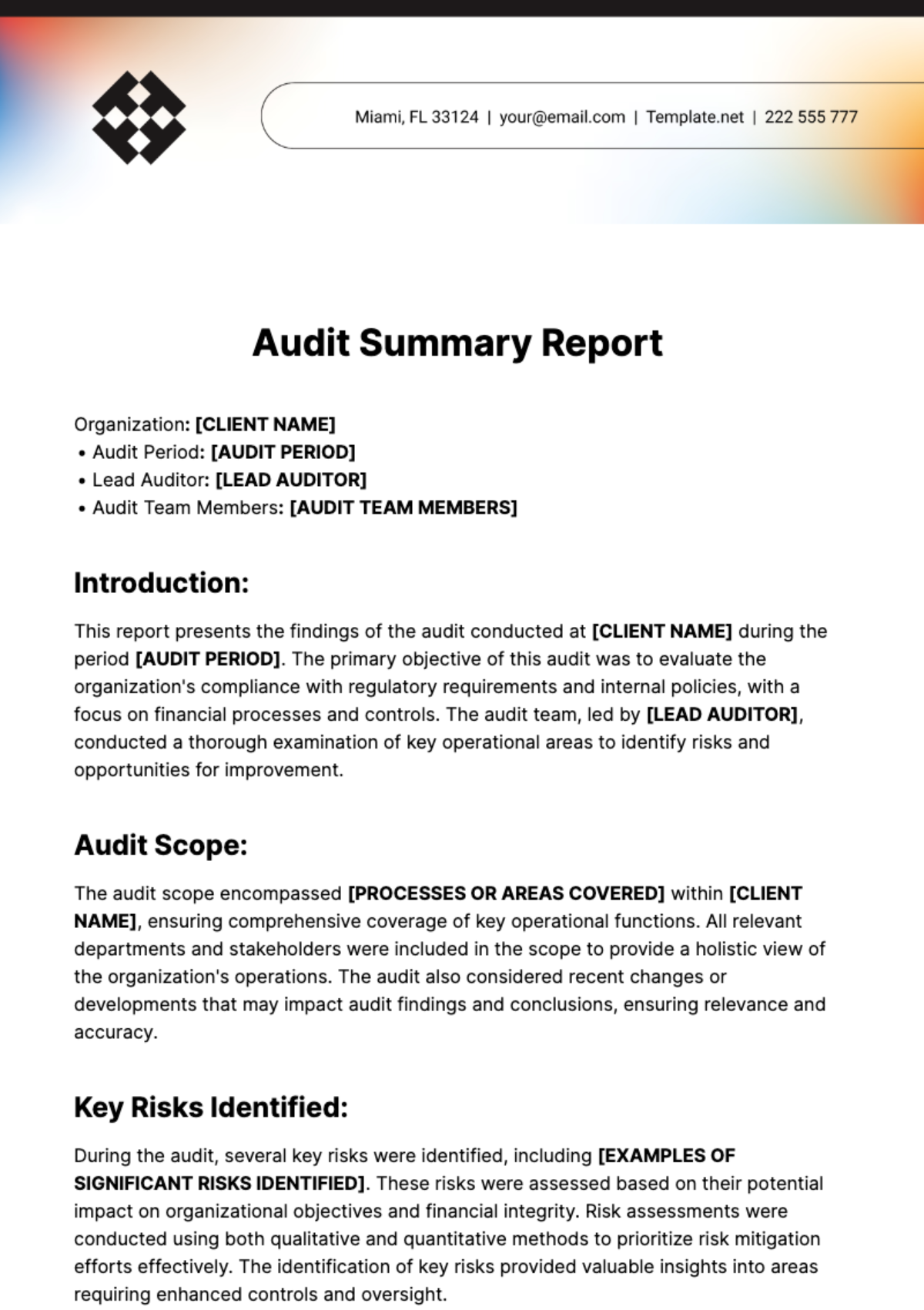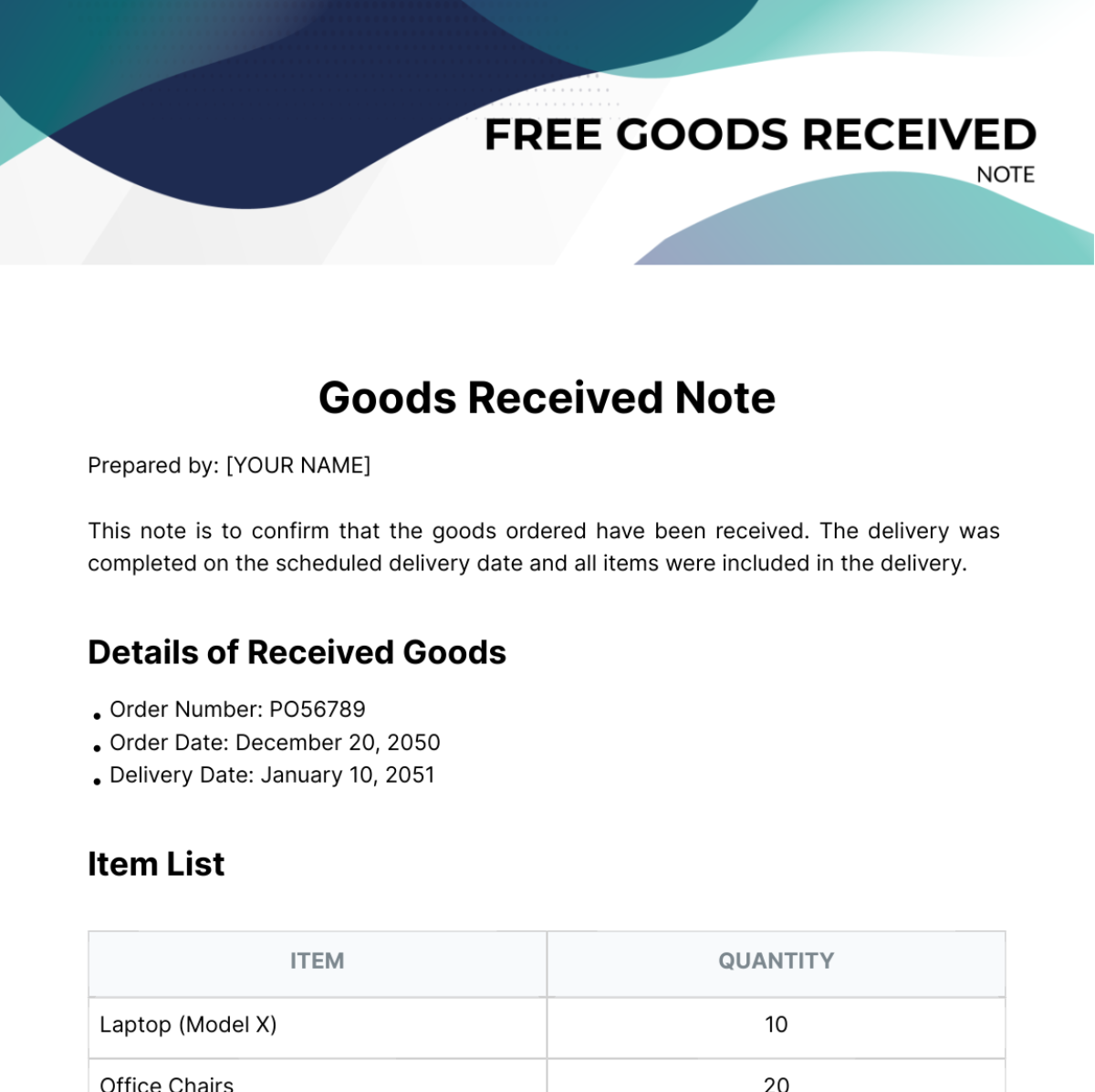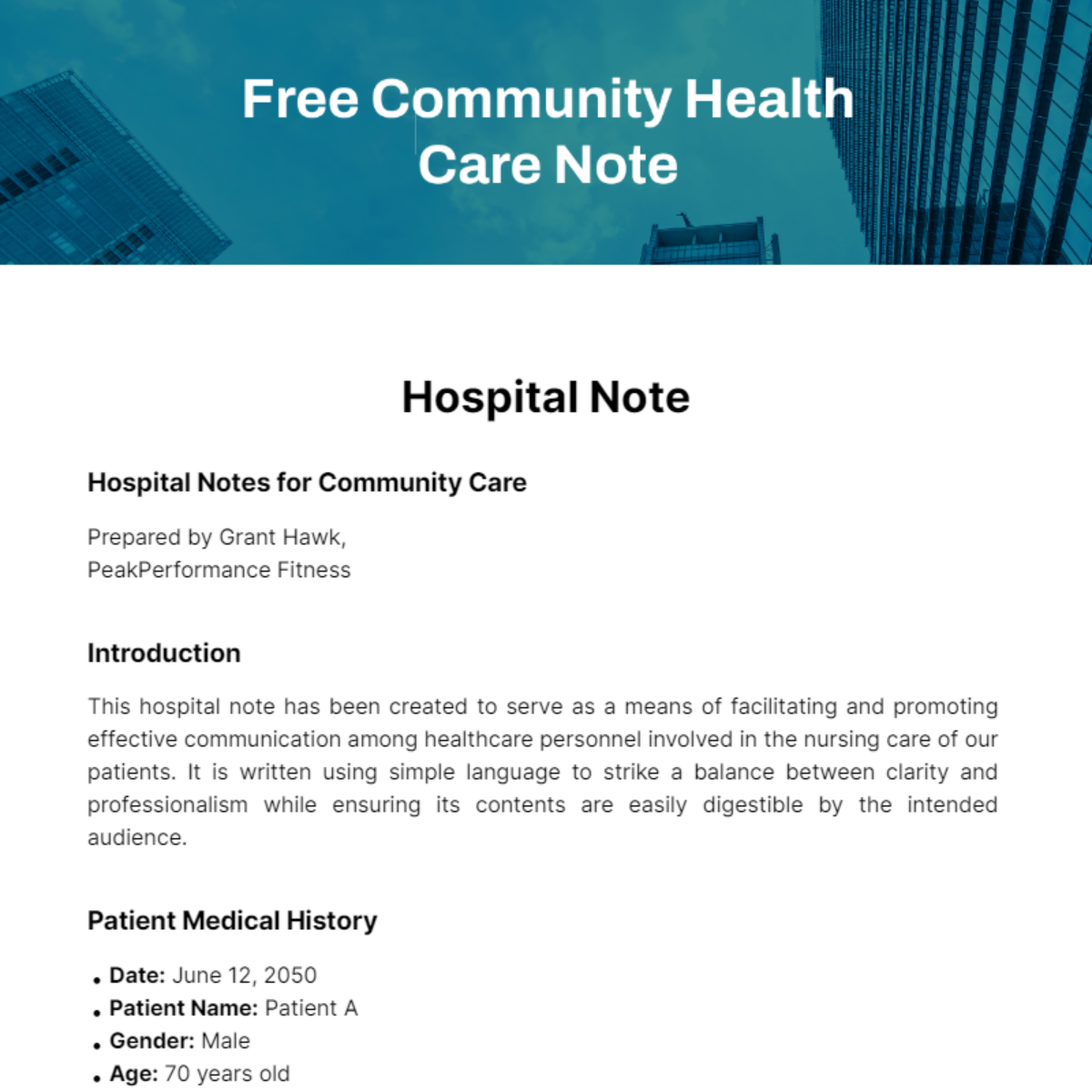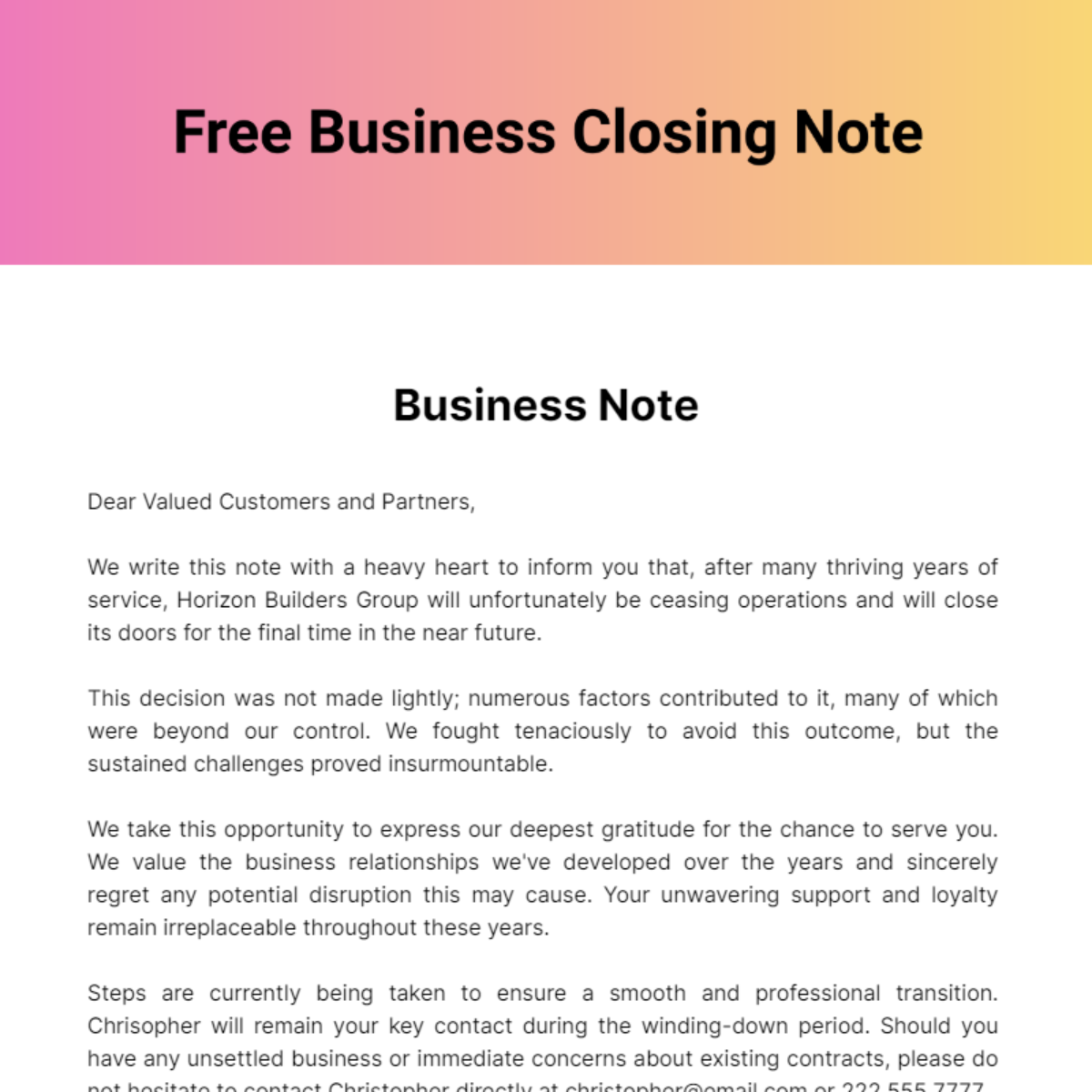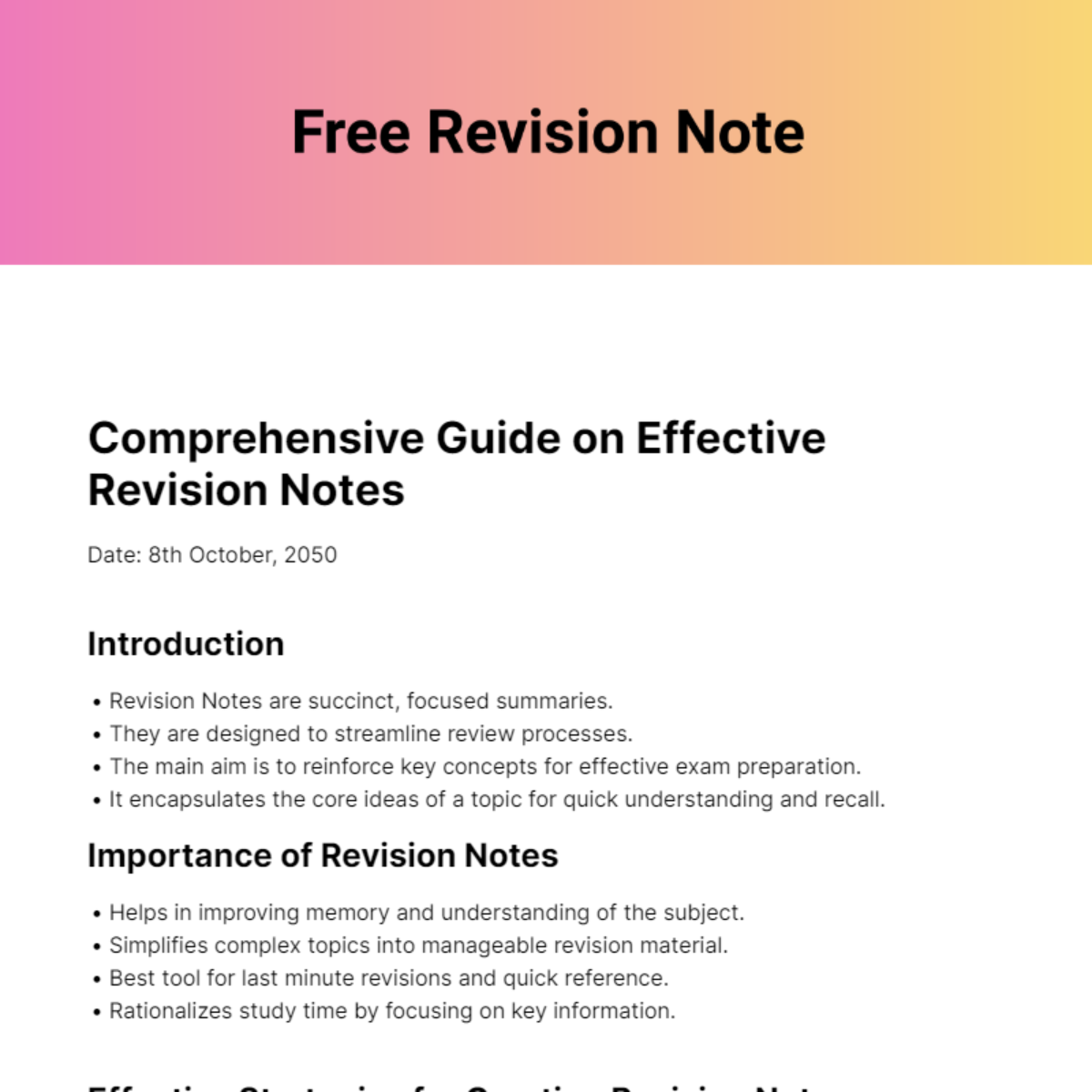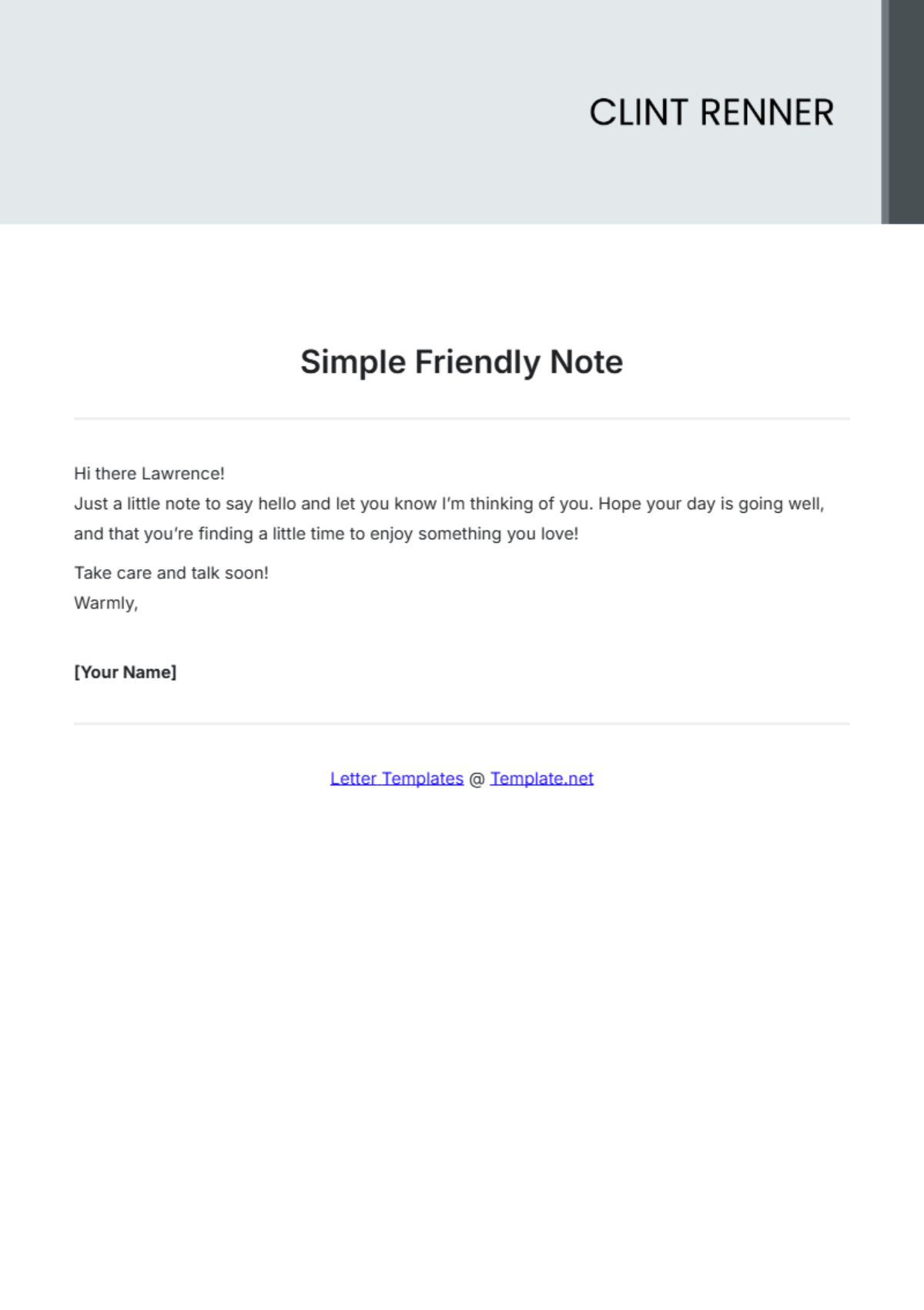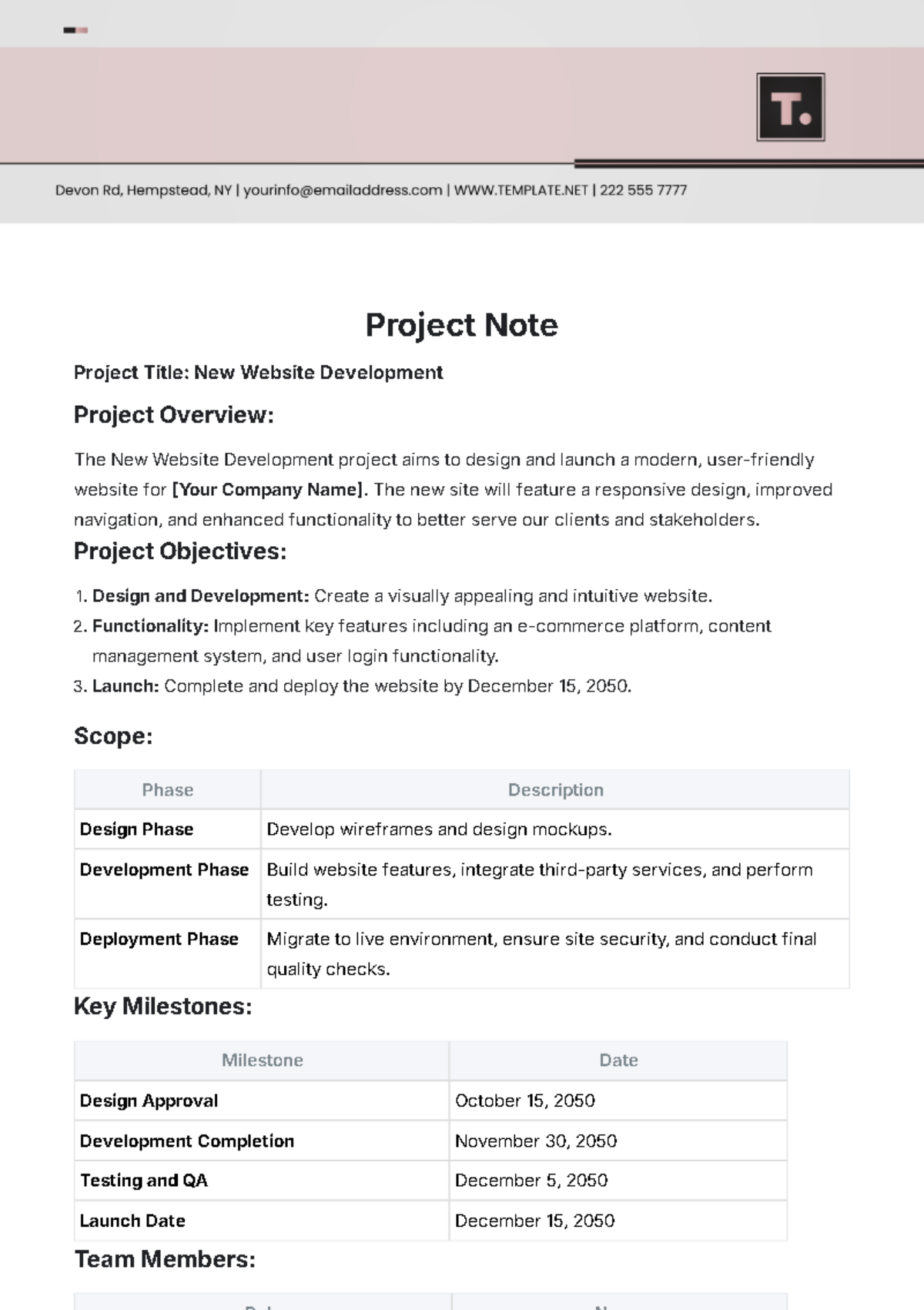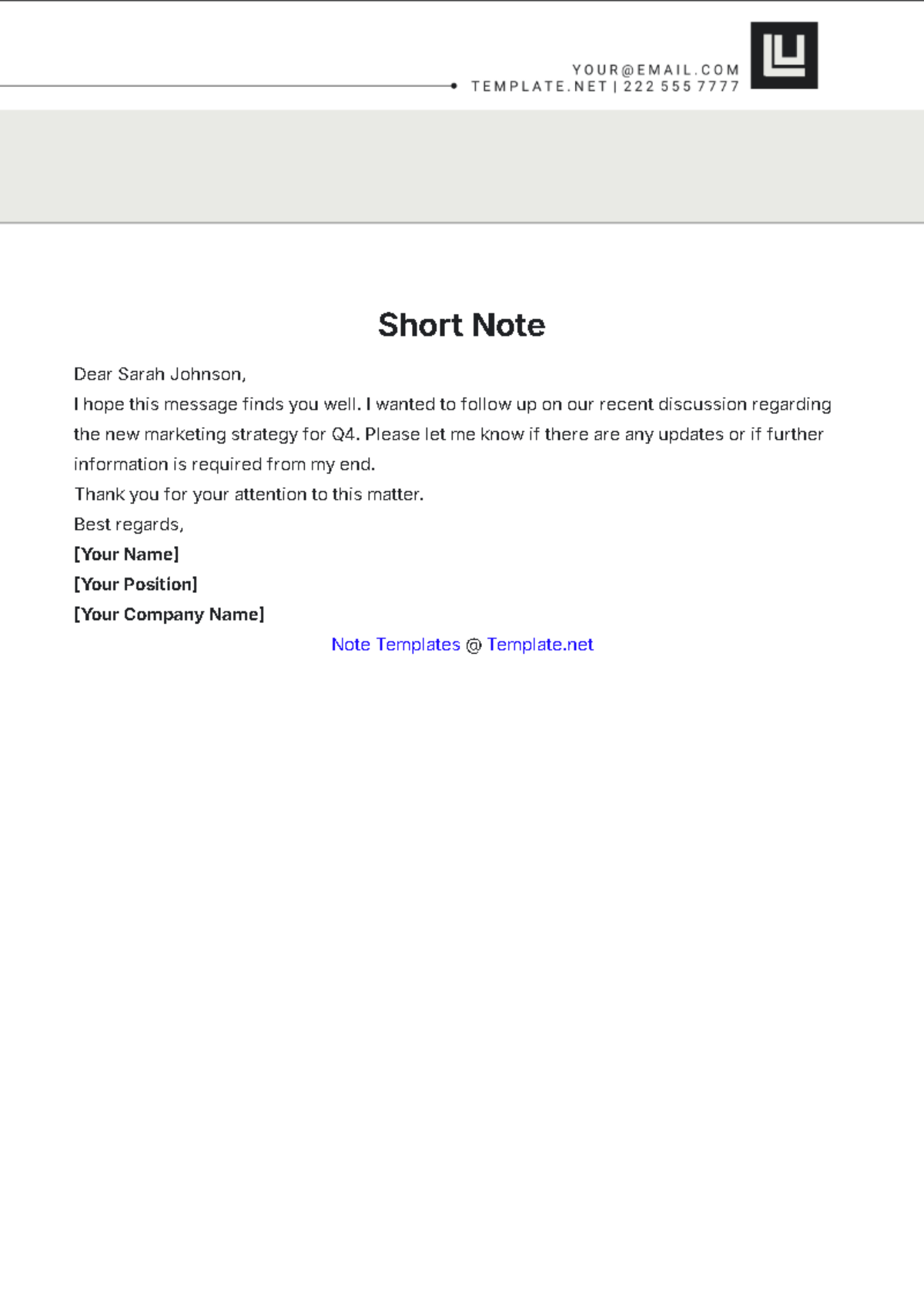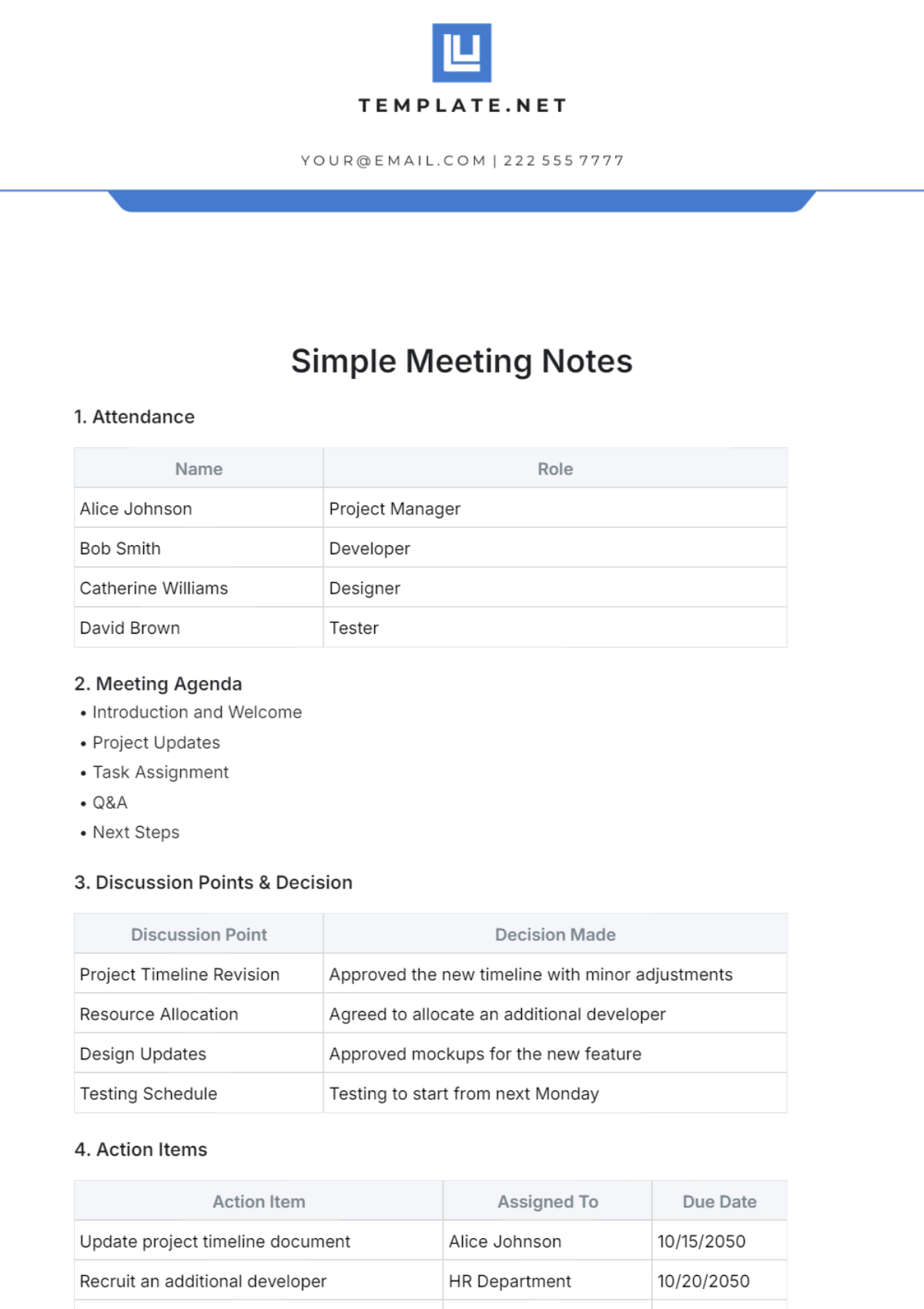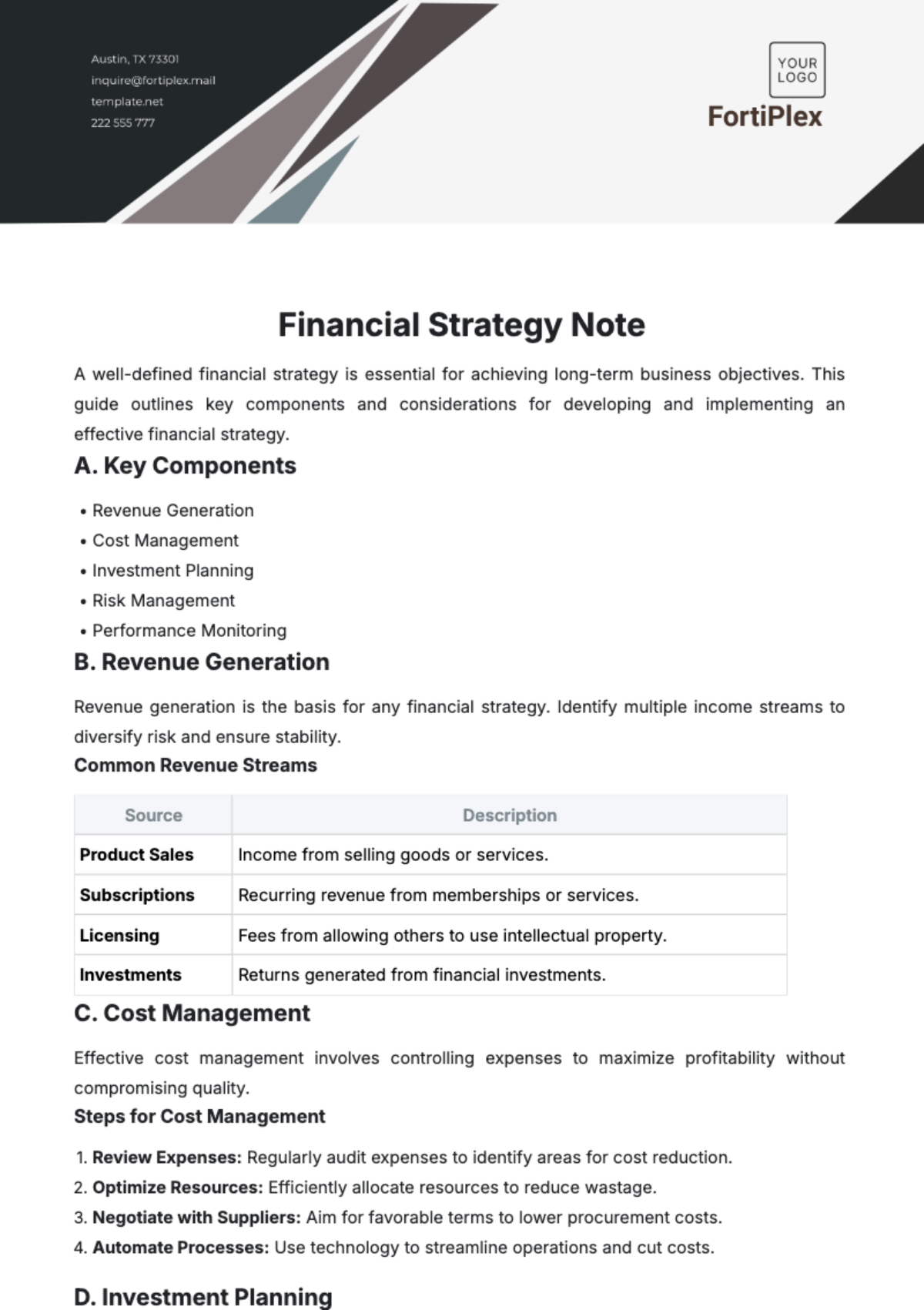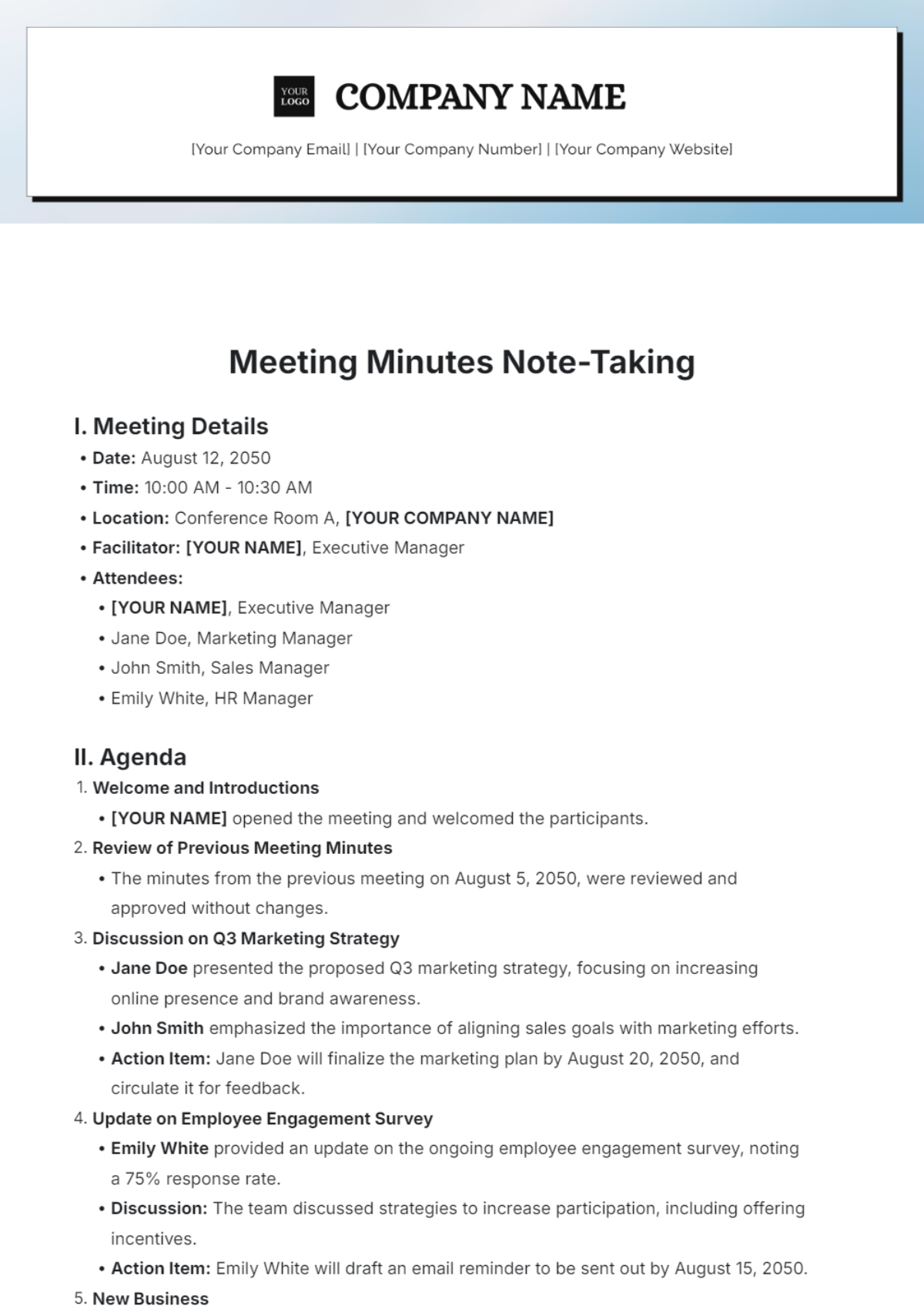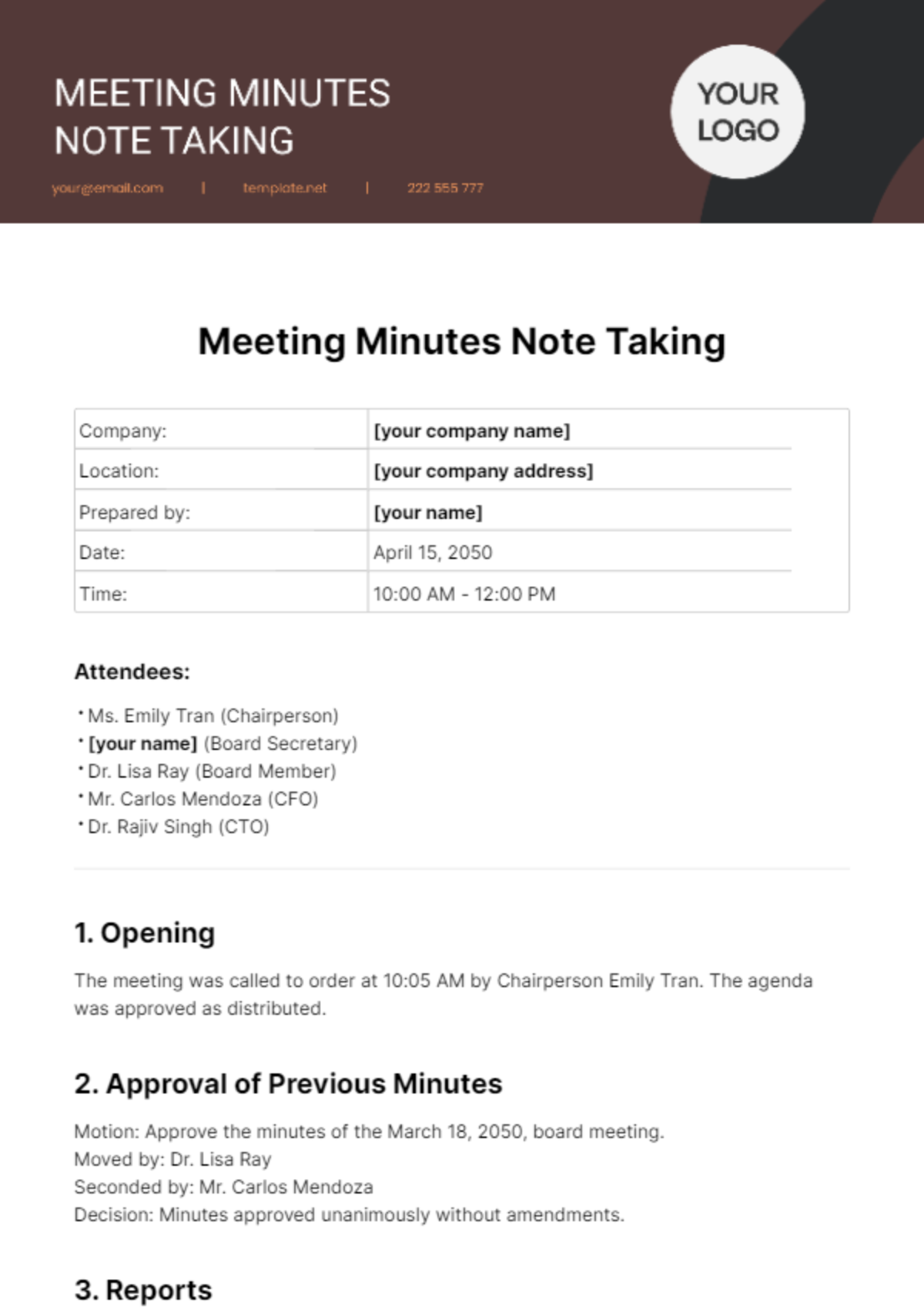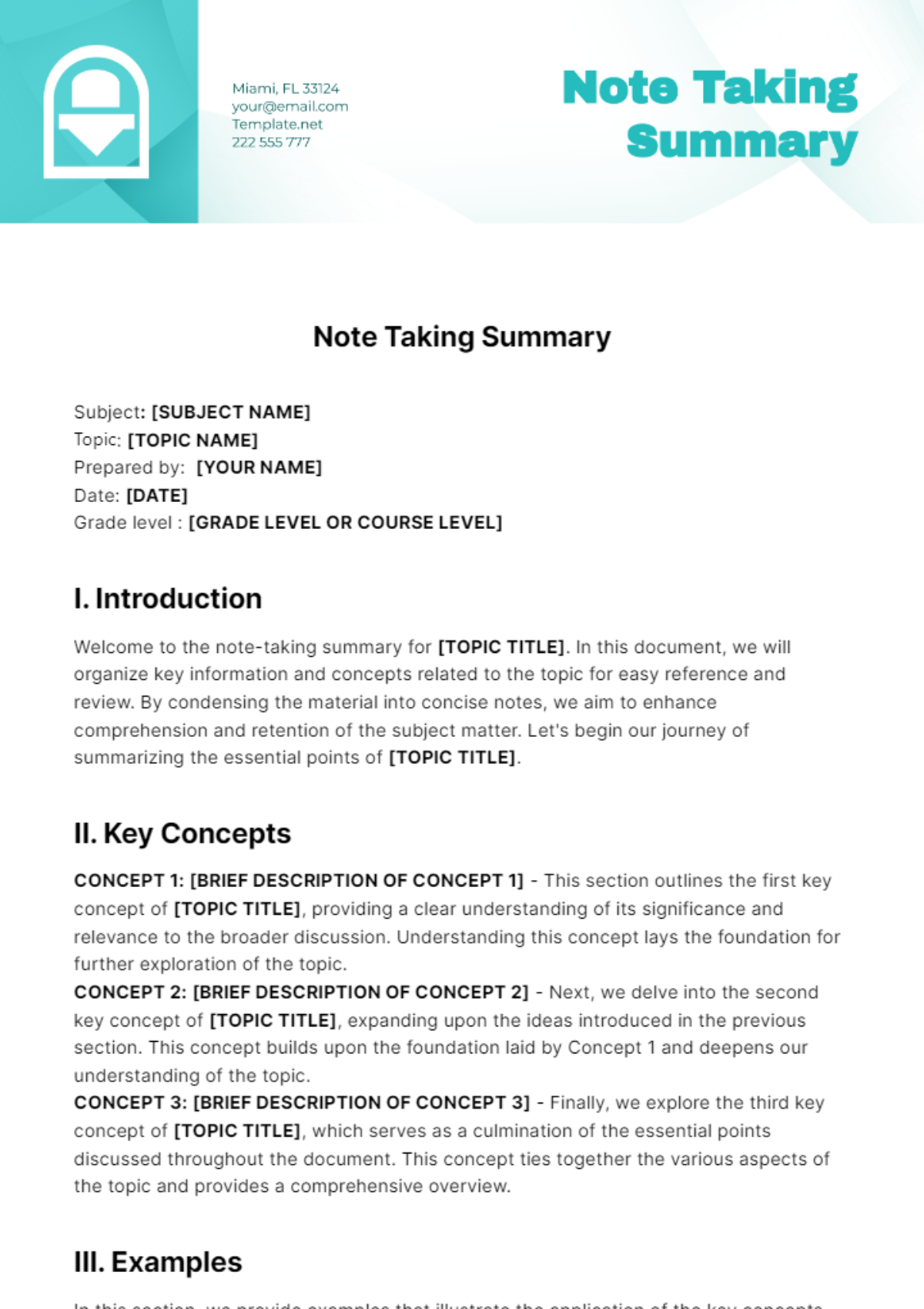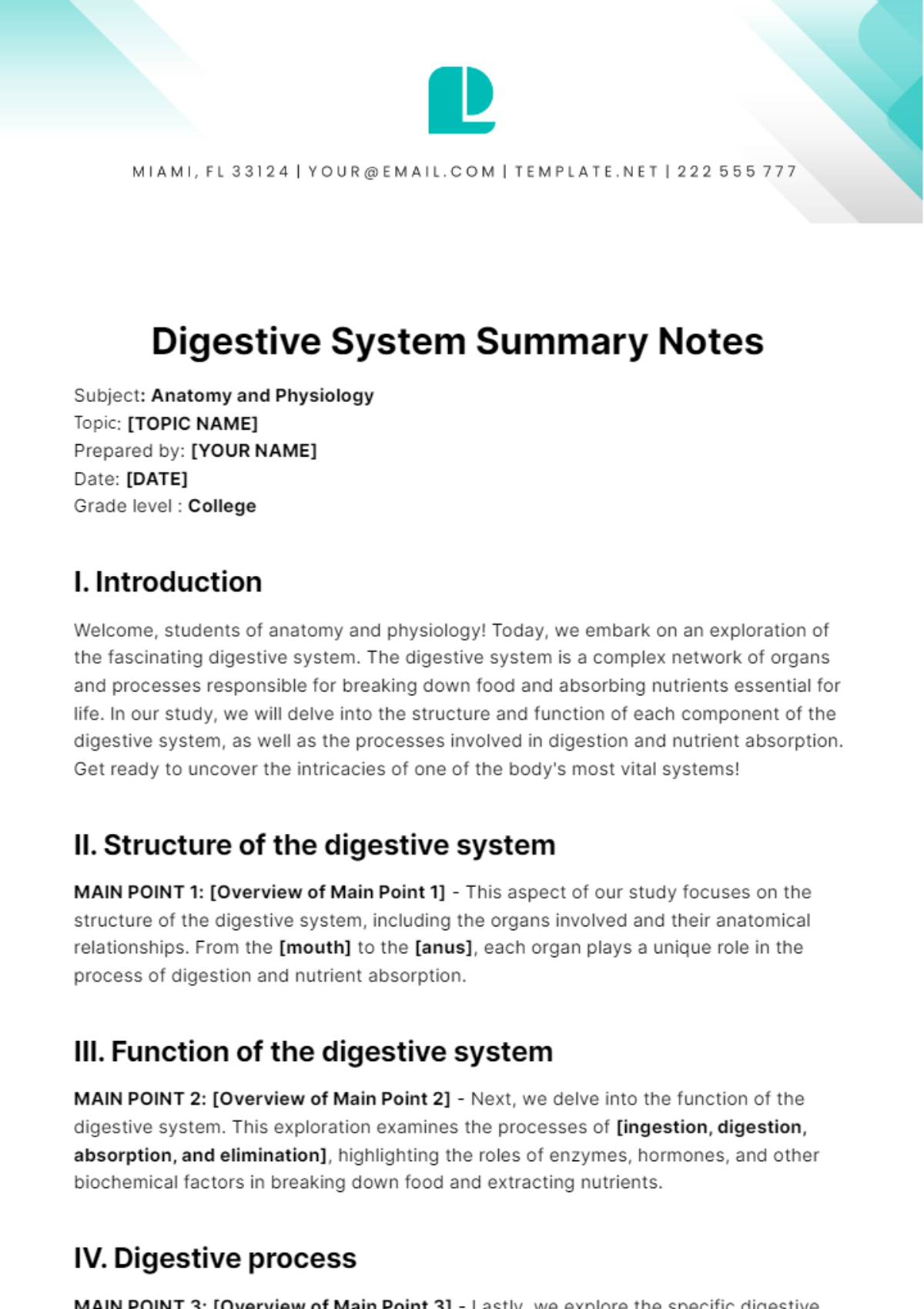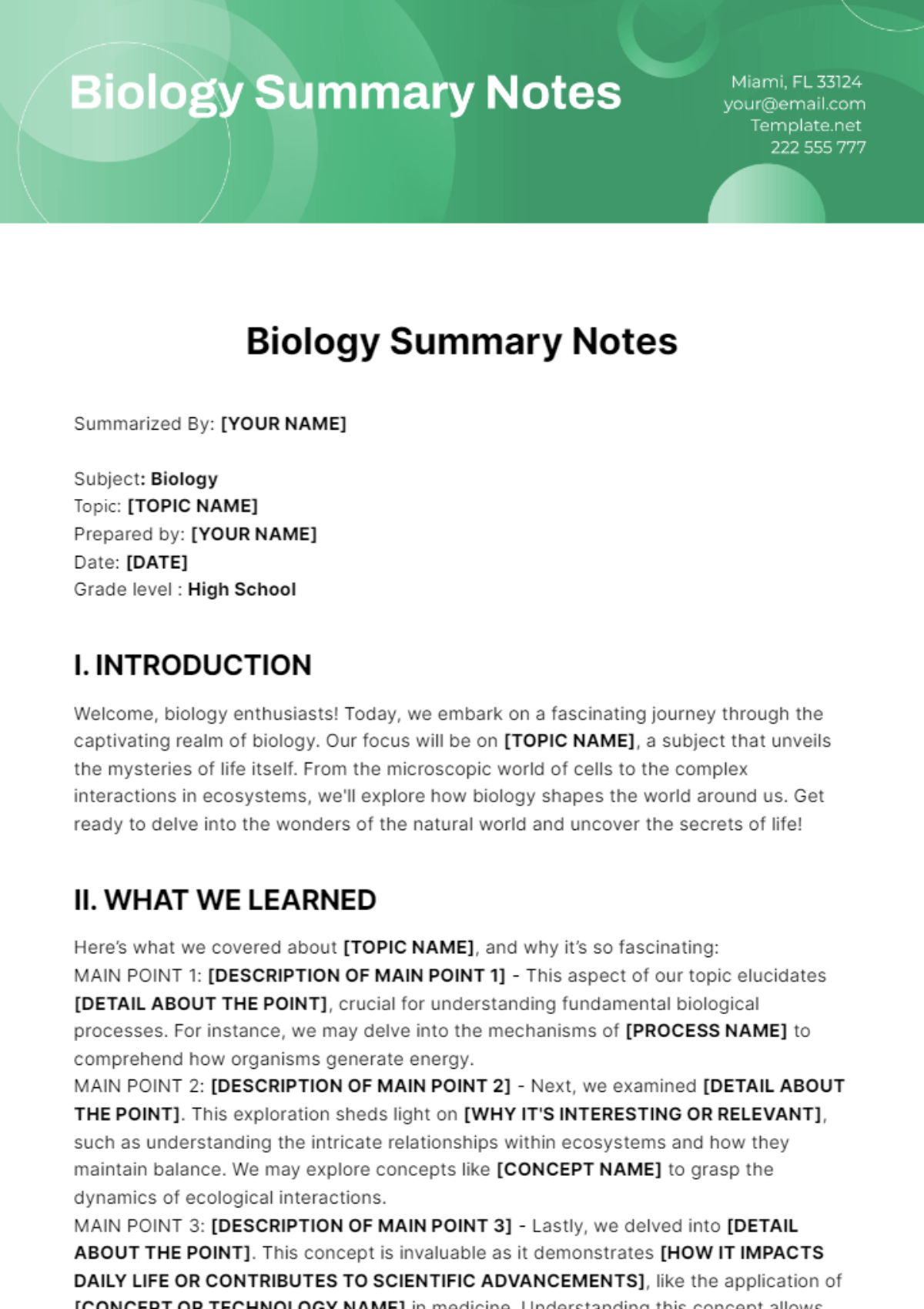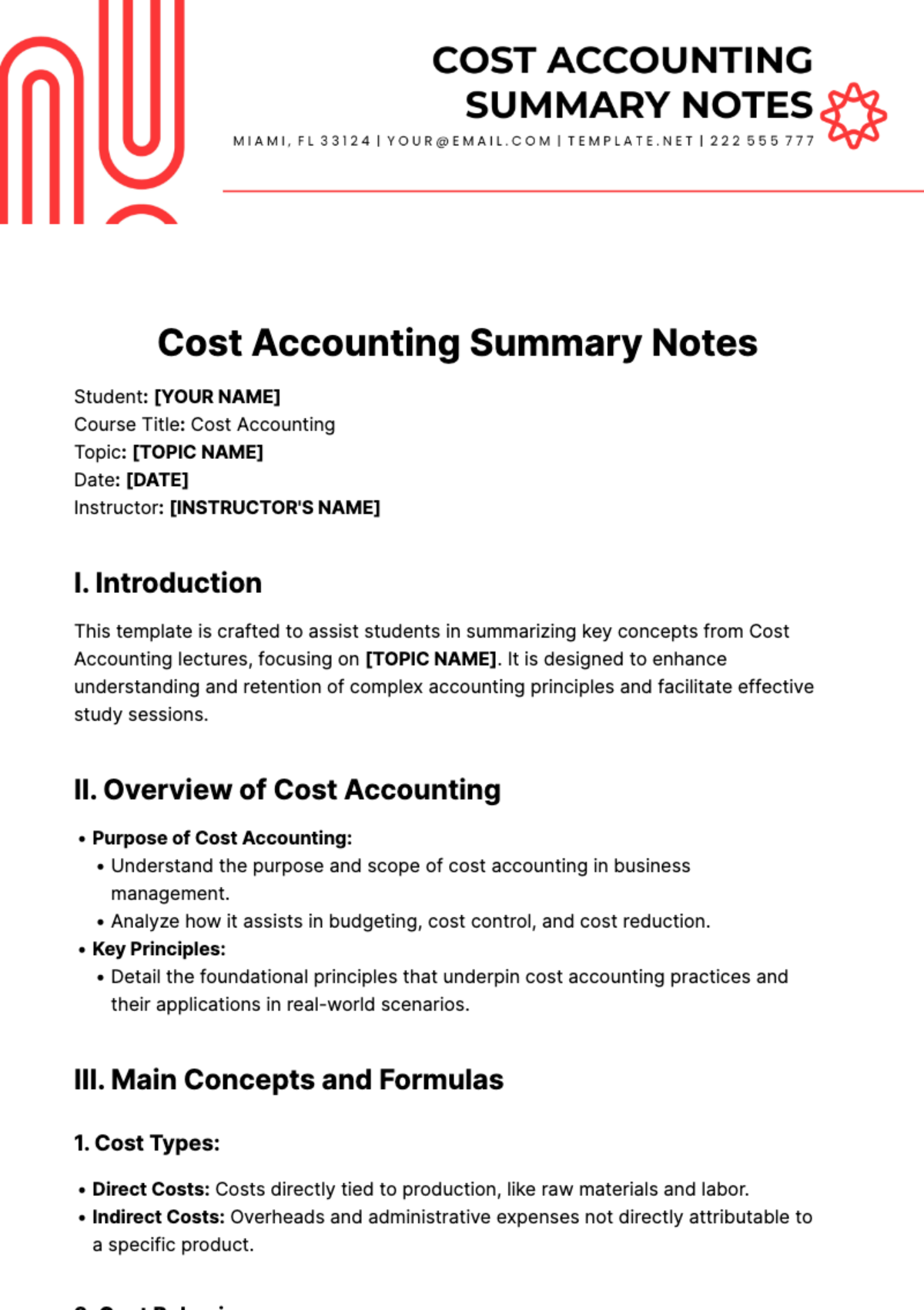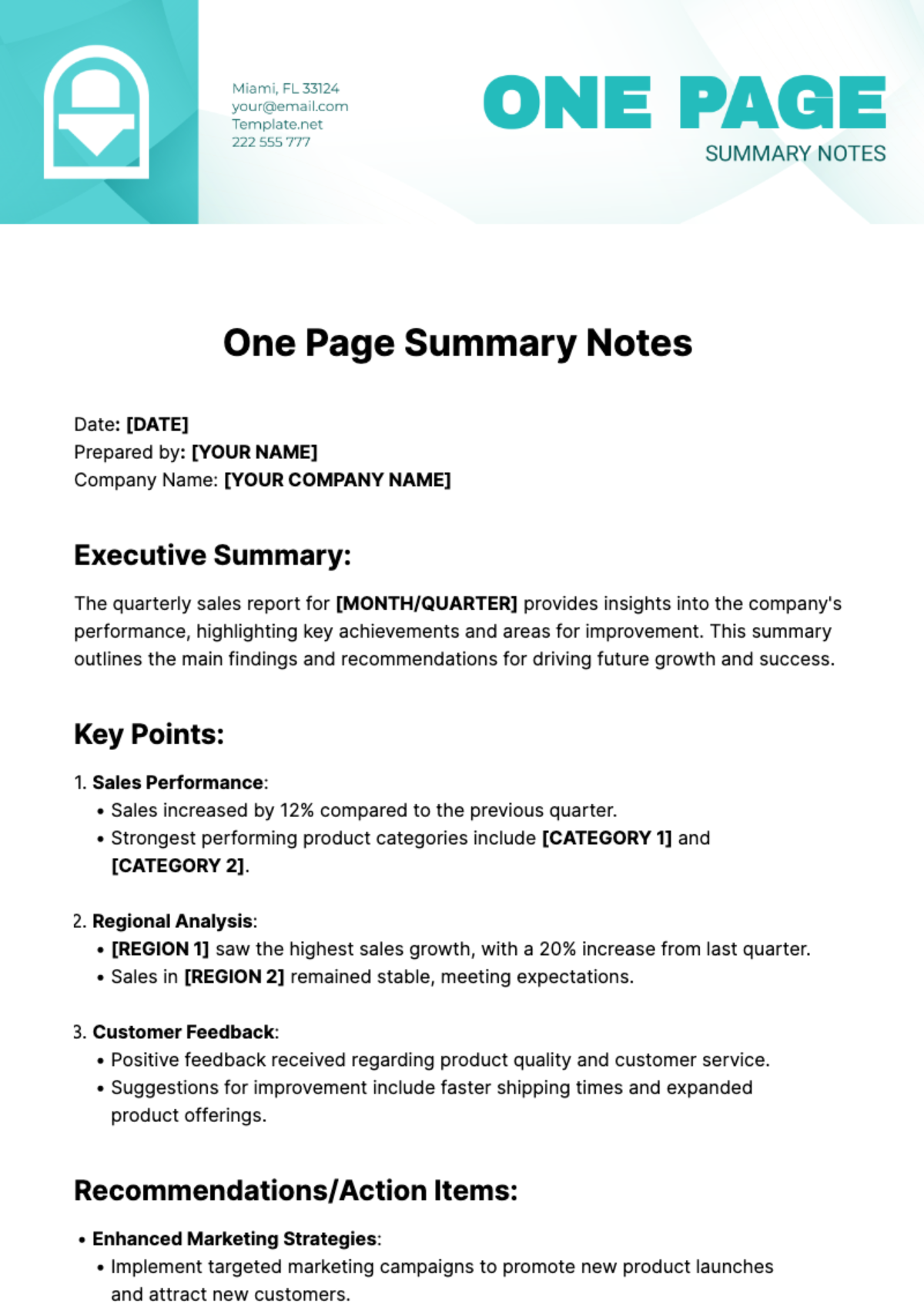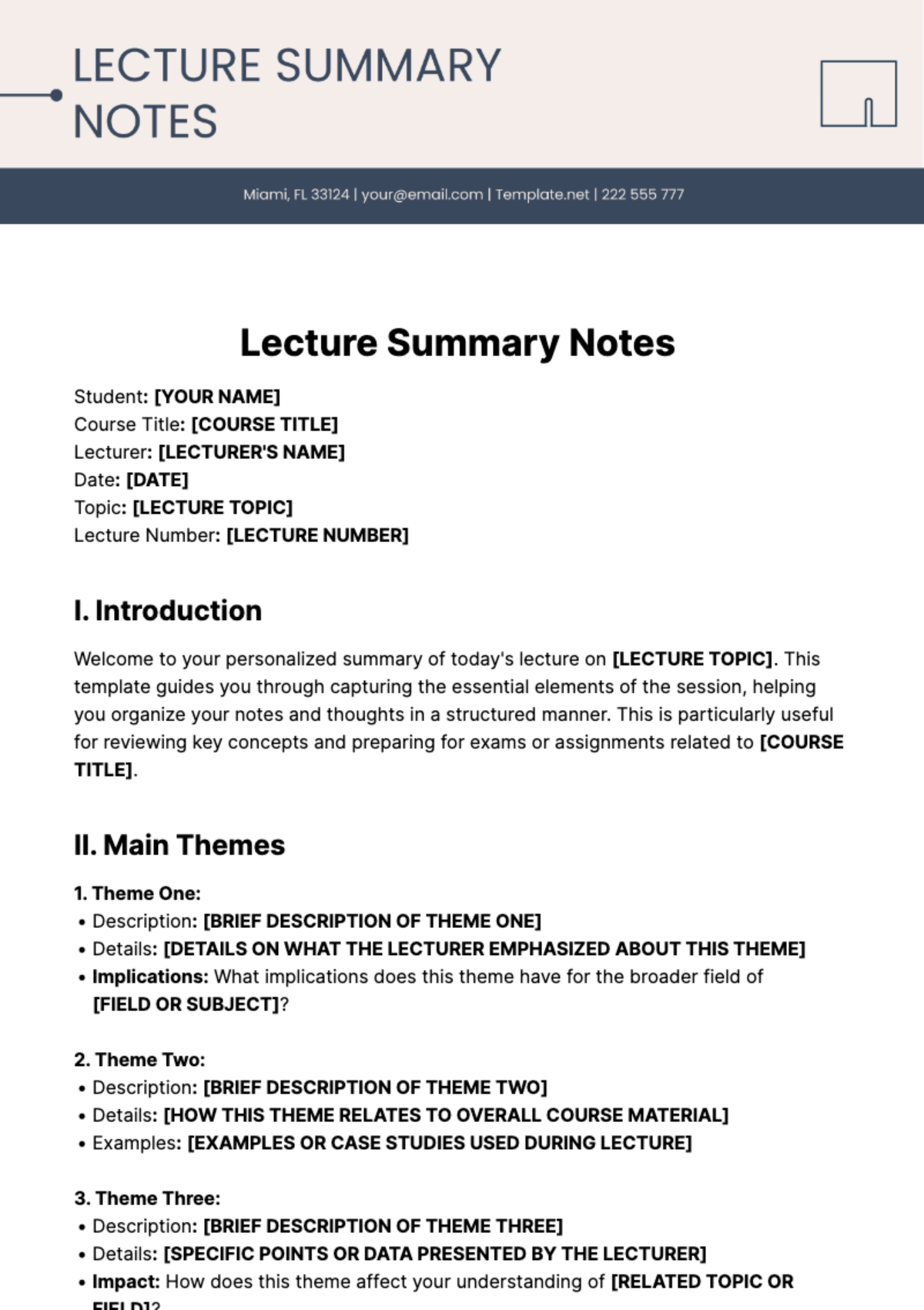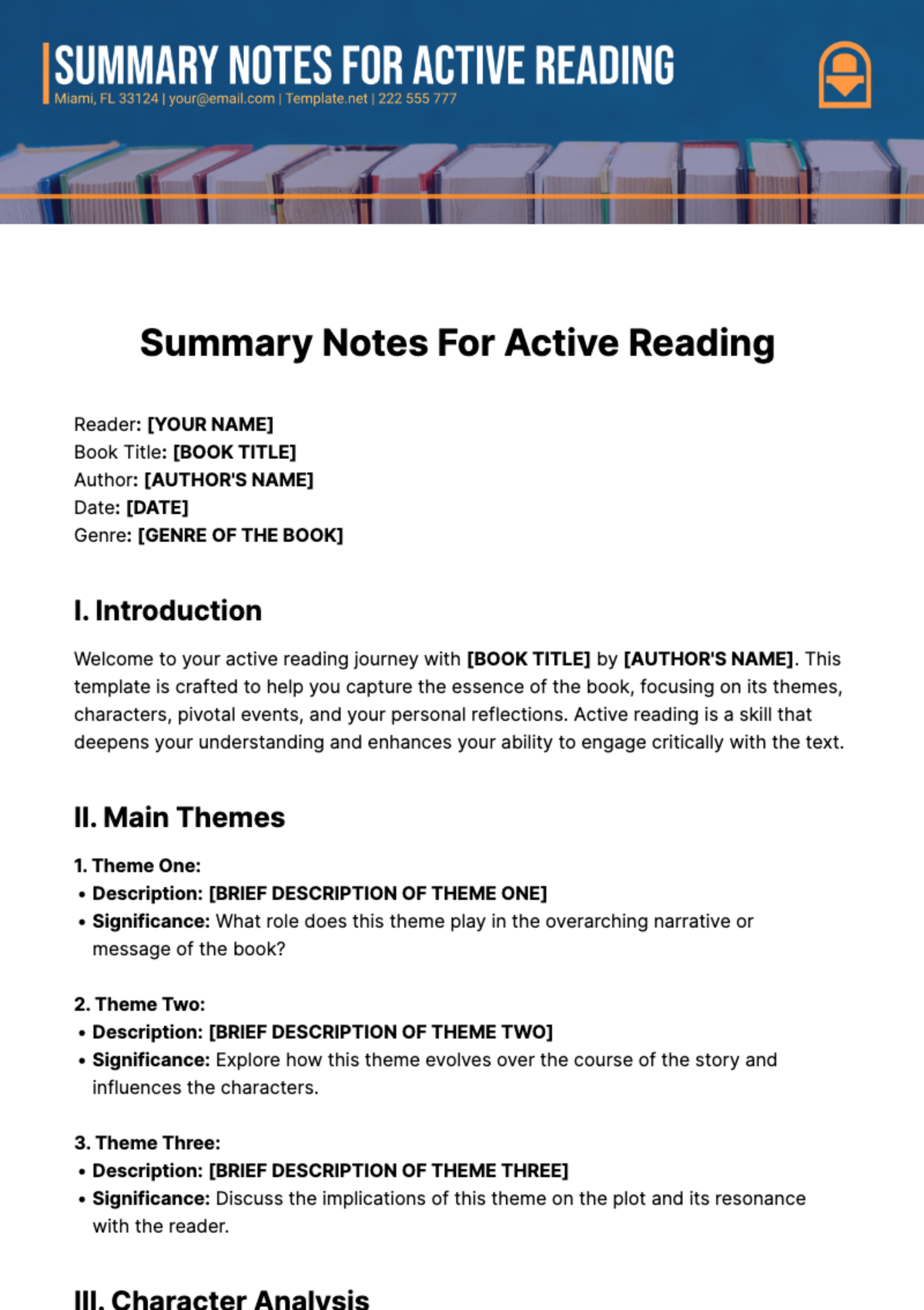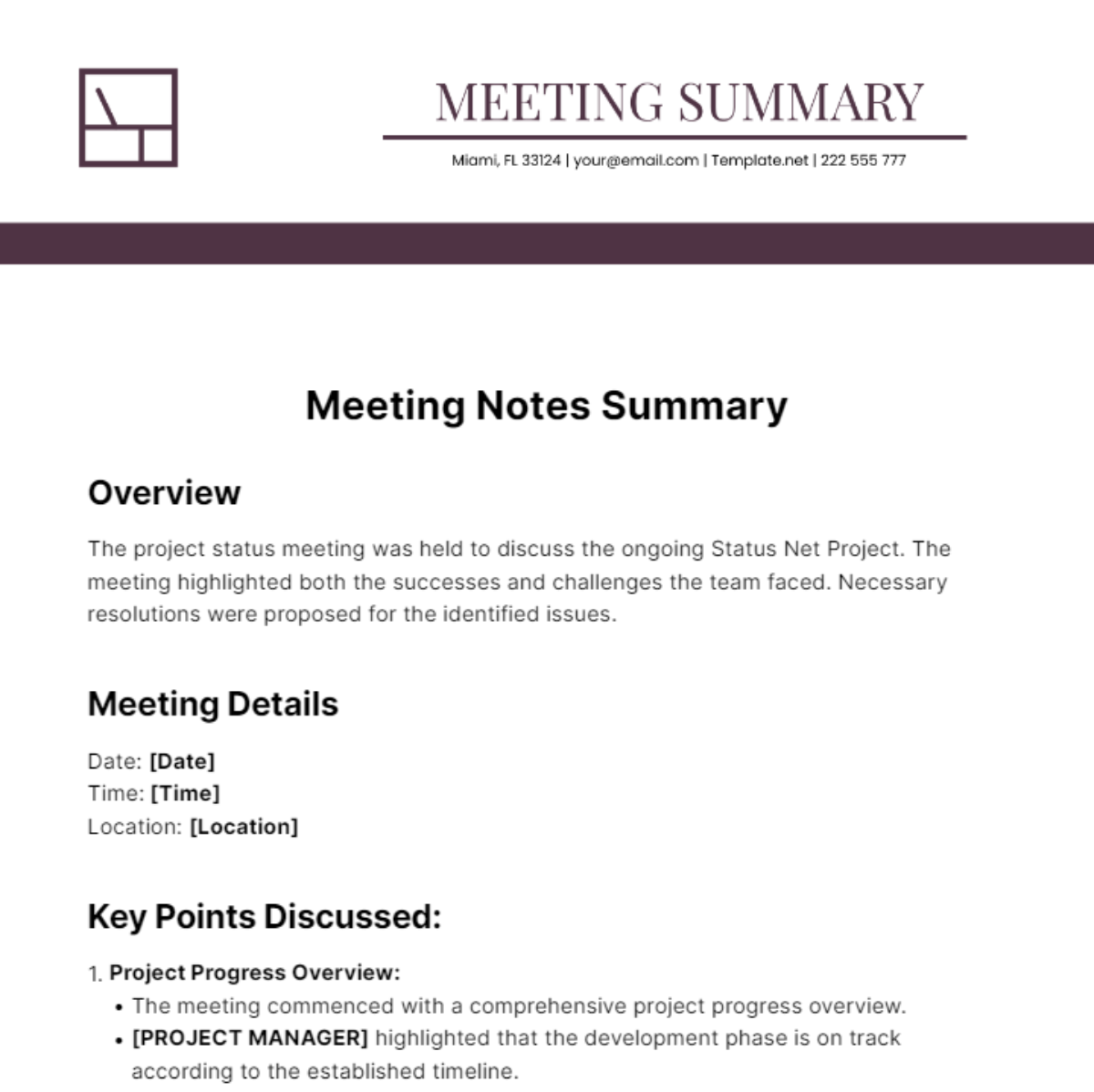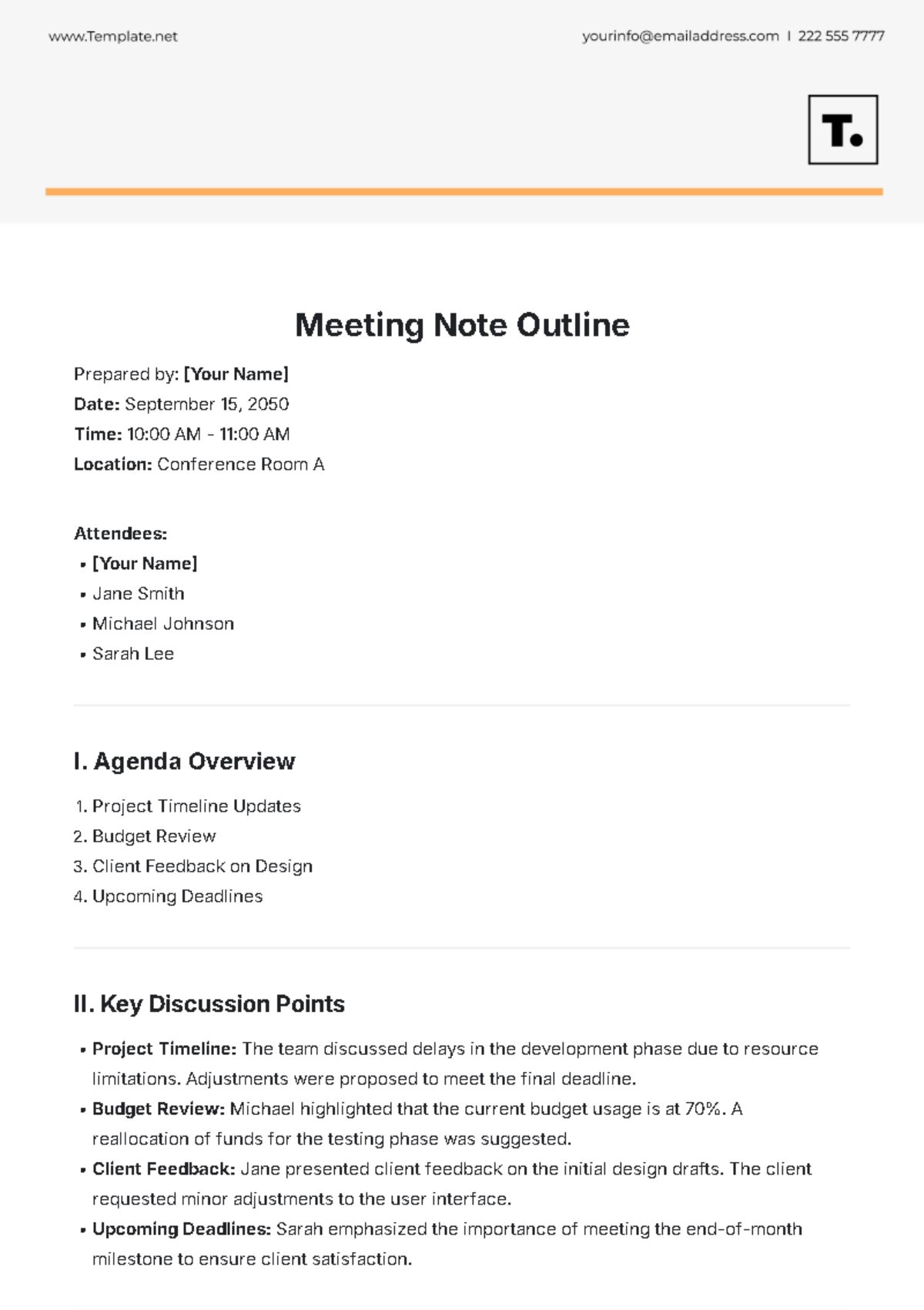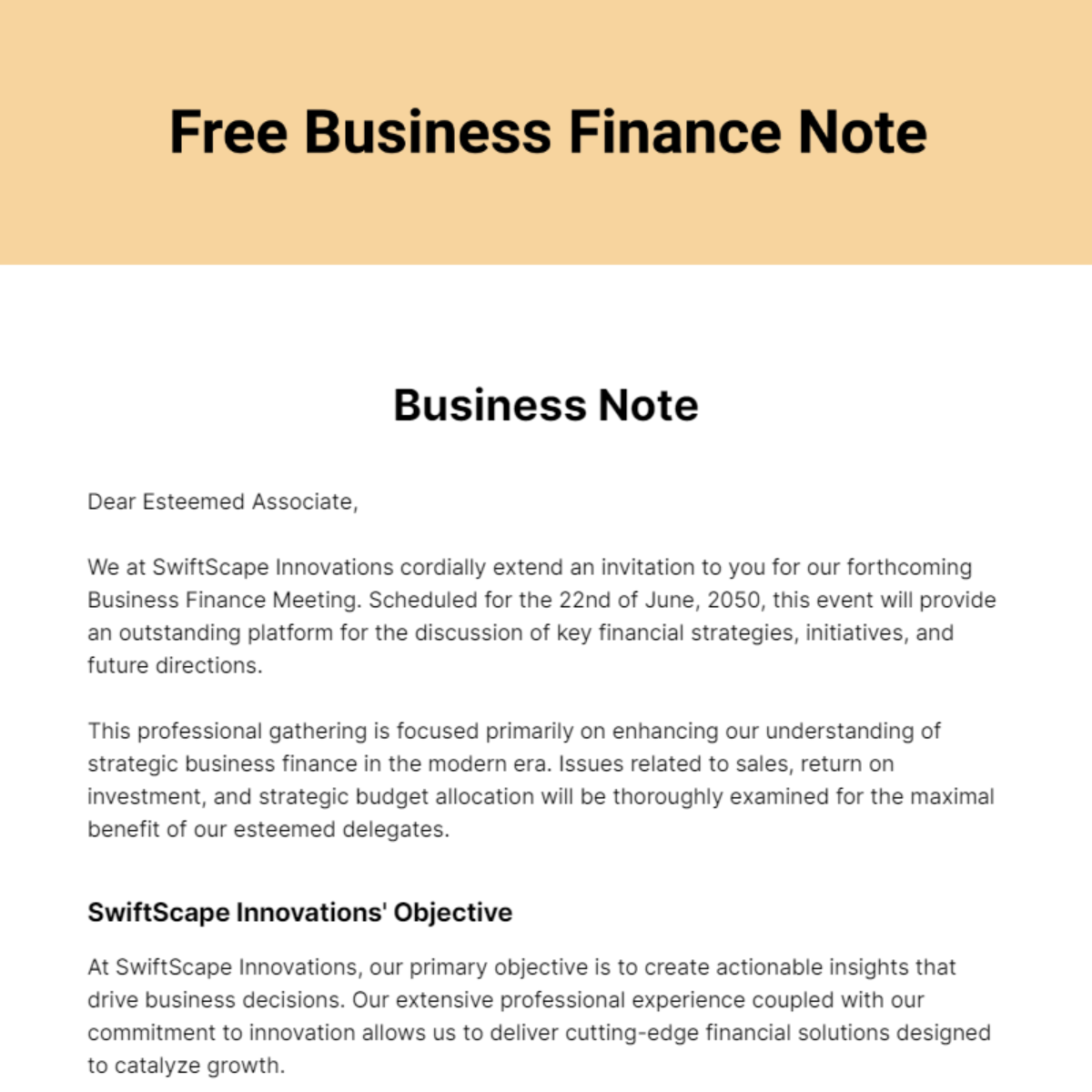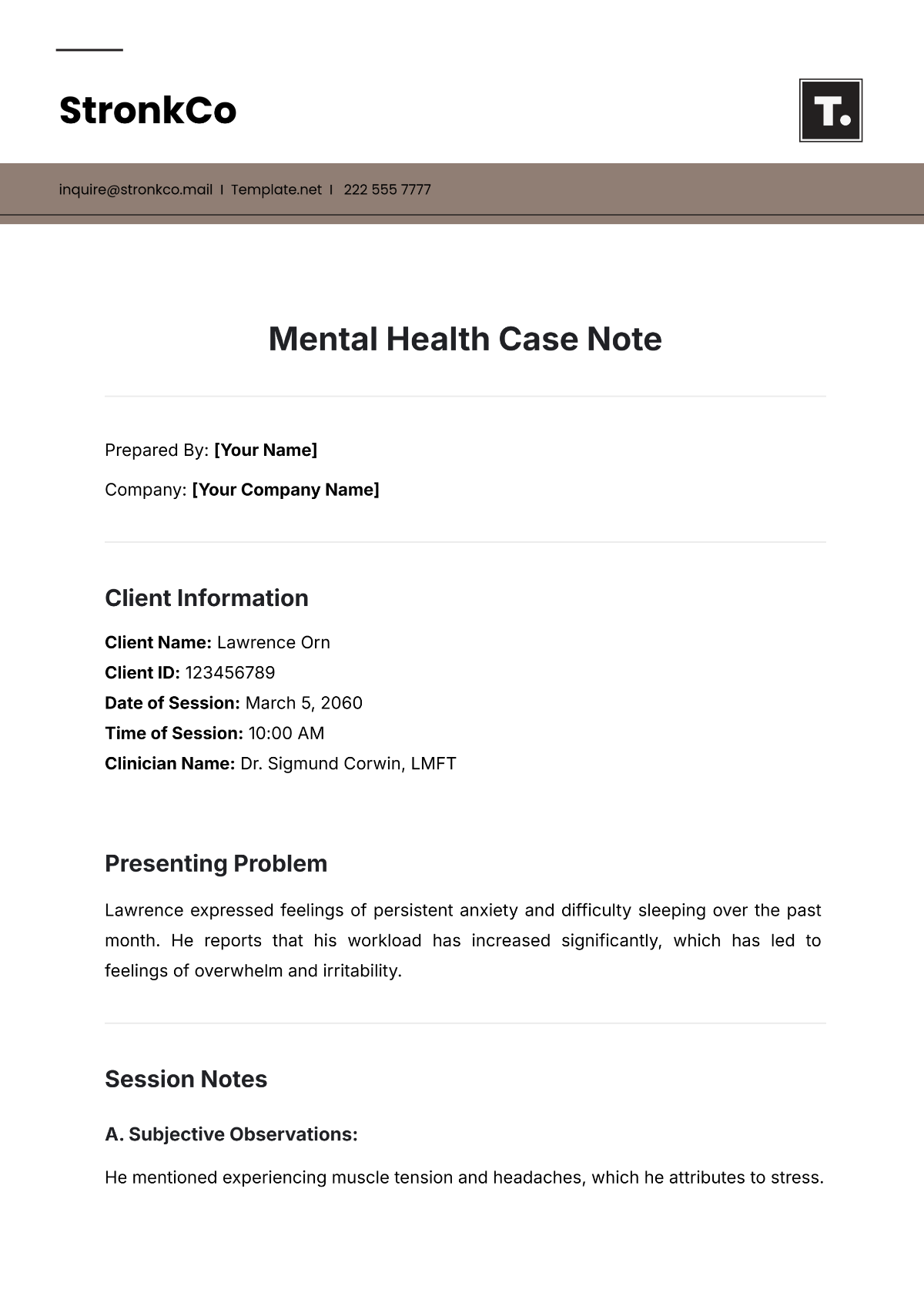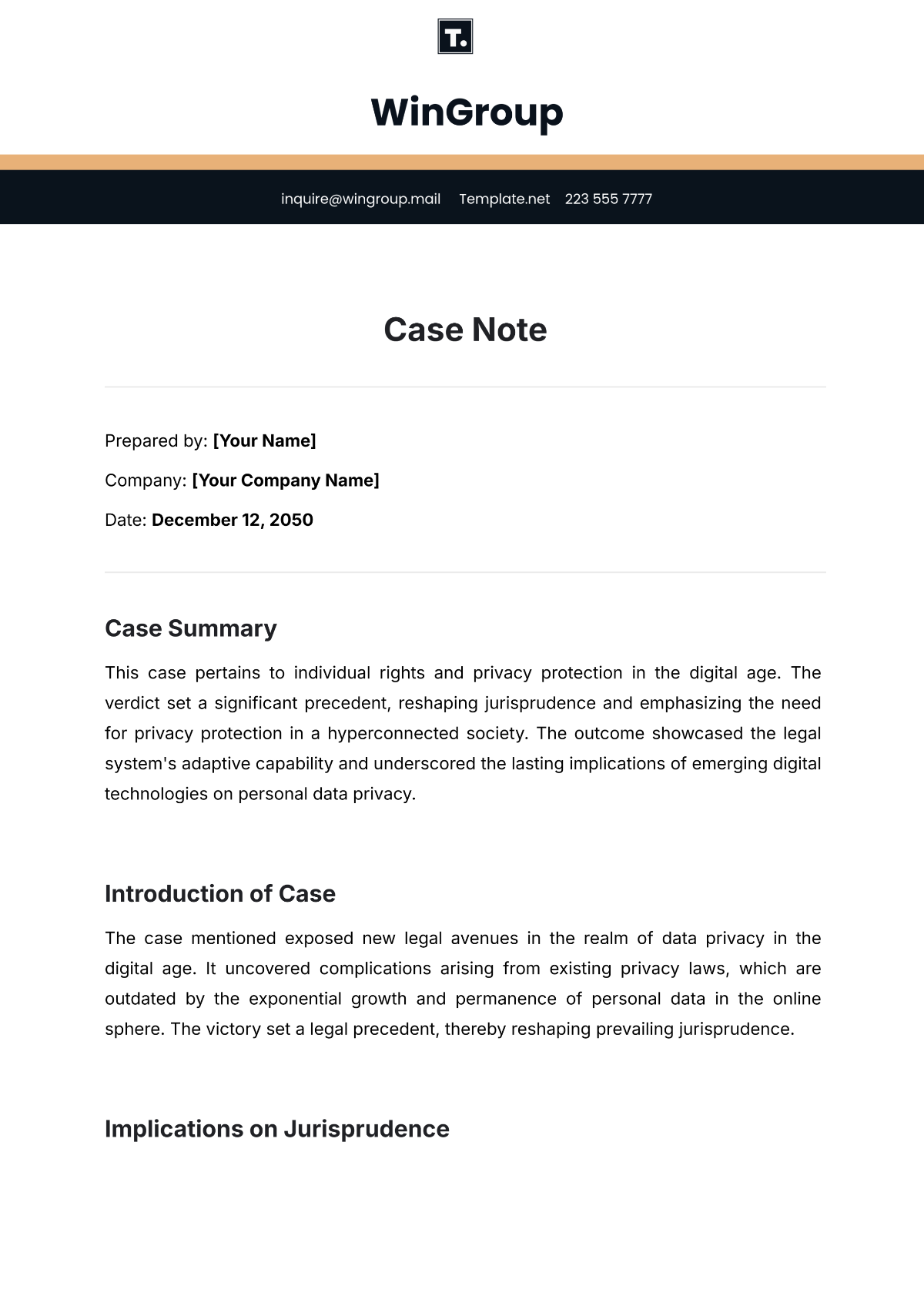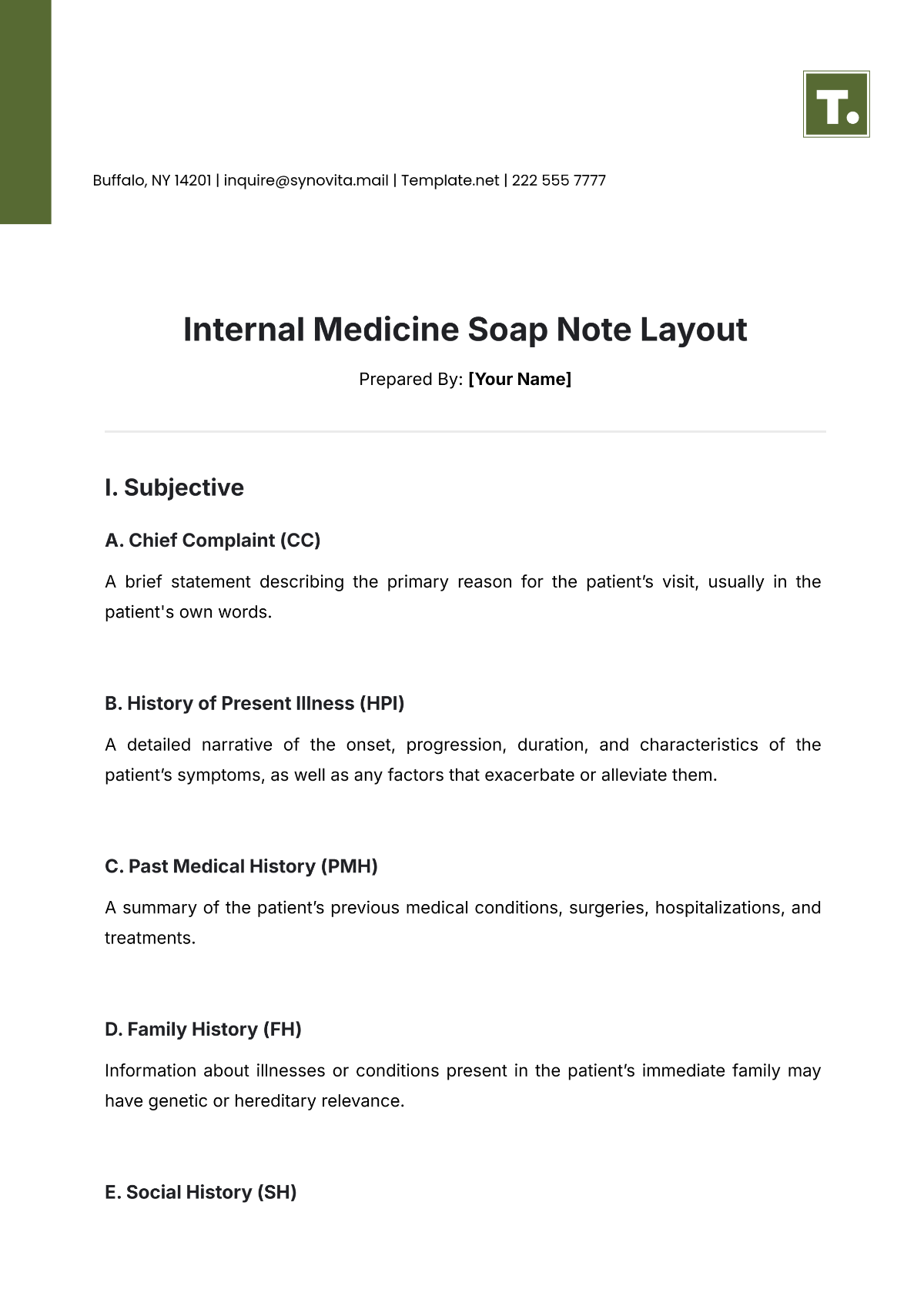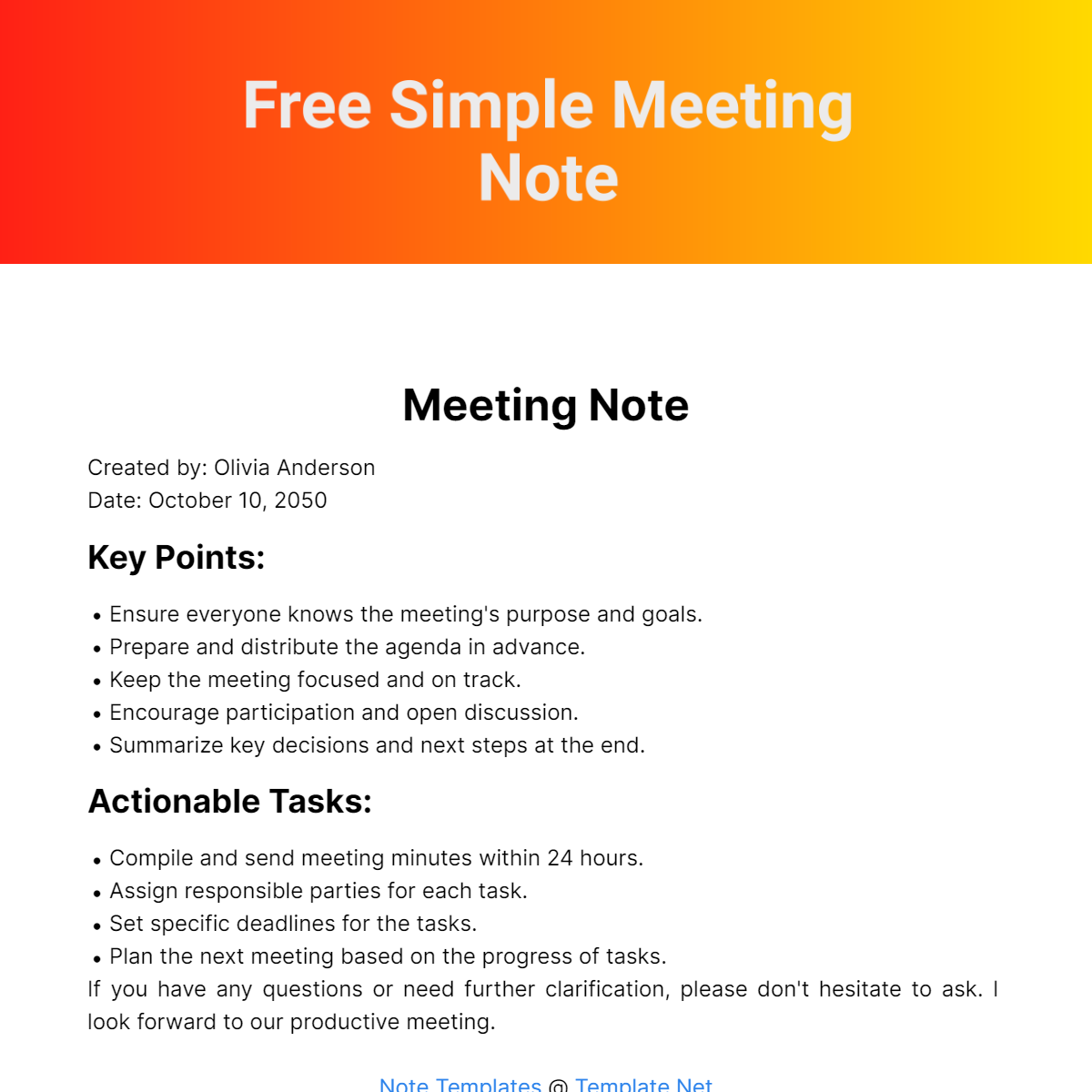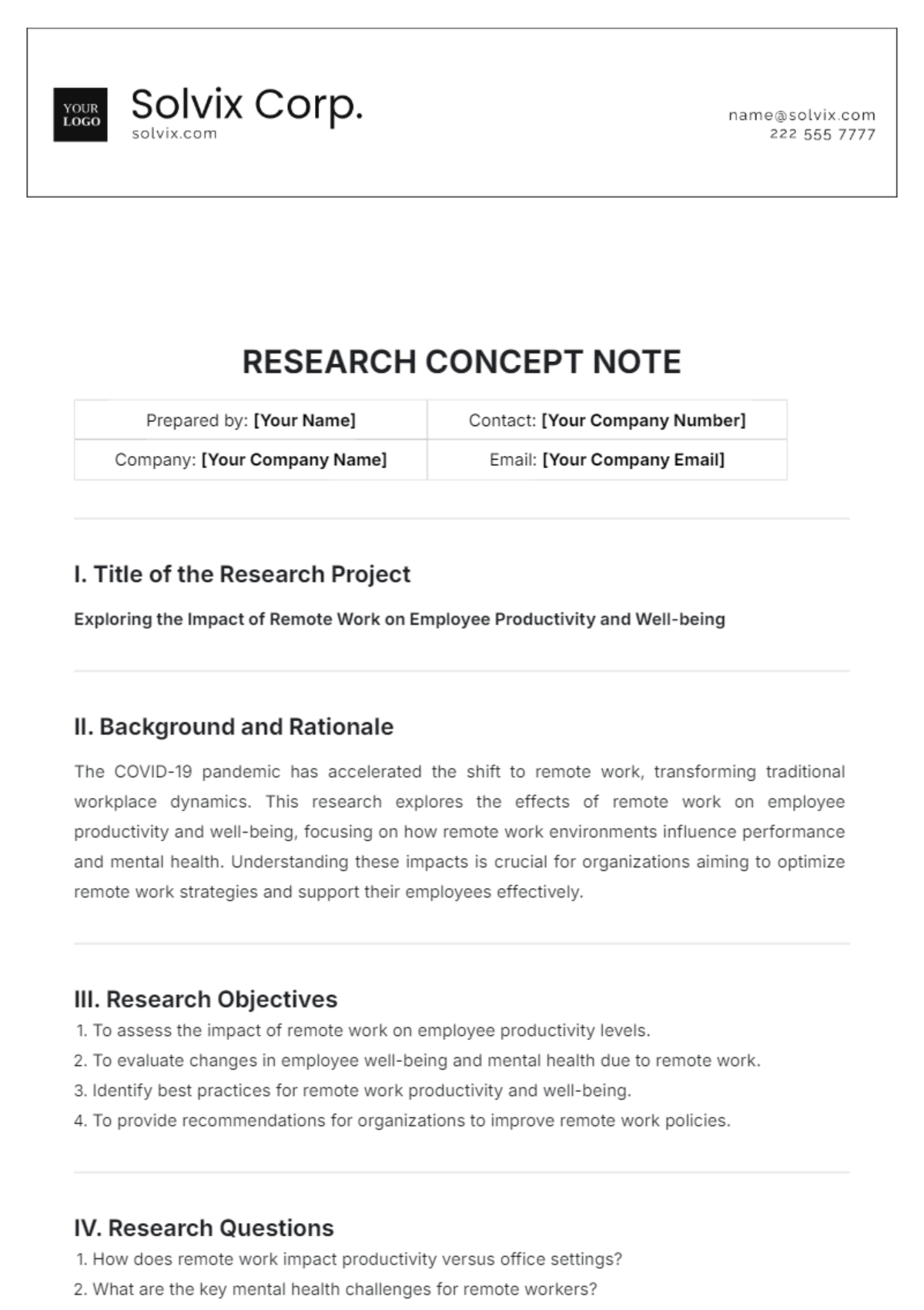Cost Accounting Summary Notes
Student: [YOUR NAME]
Course Title: Cost Accounting
Topic: [TOPIC NAME]
Date: [DATE]
Instructor: [INSTRUCTOR'S NAME]
I. Introduction
This template is crafted to assist students in summarizing key concepts from Cost Accounting lectures, focusing on [TOPIC NAME]. It is designed to enhance understanding and retention of complex accounting principles and facilitate effective study sessions.
II. Overview of Cost Accounting
Purpose of Cost Accounting:
Understand the purpose and scope of cost accounting in business management.
Analyze how it assists in budgeting, cost control, and cost reduction.
Key Principles:
Detail the foundational principles that underpin cost accounting practices and their applications in real-world scenarios.
III. Main Concepts and Formulas
1. Cost Types:
Direct Costs: Costs directly tied to production, like raw materials and labor.
Indirect Costs: Overheads and administrative expenses not directly attributable to a specific product.
2. Cost Behavior:
Fixed Costs: Costs that remain constant regardless of the level of production or sales.
Variable Costs: Costs that vary directly with the level of production.
Semi-variable Costs: Costs comprising both fixed and variable components.
3. Costing Methods:
Job Costing: Assigning costs to specific units or batches.
Process Costing: System used where identical units are mass-produced.
Activity-Based Costing (ABC): Allocating overhead costs based on activities that drive costs.
4. Key Formulas:
Break-even Point: Calculate the point at which total costs and total revenue are equal.
Formula: Fixed Costs / (Selling Price per Unit - Variable Cost per Unit)
Contribution Margin: The remaining revenue after variable costs have been deducted.
Formula: (Sales Revenue - Variable Costs) / Sales Revenue
IV. Examples and Applications
Practical Application:
Apply cost concepts to a hypothetical manufacturing company to illustrate how different costing methods affect financial statements.
Real-World Example:
Discuss a case study from a well-known company, focusing on how strategic cost management has led to improved profitability.
V. Important Terms and Definitions
Term | Definition | Context/Usage |
|---|---|---|
Cost Allocation | The process of identifying, aggregating, and assigning costs to cost objects. | Used in activity-based costing. |
Overhead Rate | A measure used to assign indirect costs to produced goods. | Calculation: Total Overheads / Allocation Base |
Marginal Cost | The cost of producing one additional unit of a product. | Crucial for decision-making in production and pricing strategies. |
VI. Questions for Review
Question 1: How does understanding cost behavior help in managerial decision-making?
Question 2: What are the advantages and limitations of using ABC over traditional costing methods?
VII. Summary and Conclusion
Recap the key points discussed in the notes, emphasizing how the concepts learned in [TOPIC NAME] are essential for effective cost control and strategic business decisions. Reflect on how the methodologies and formulas can be applied in different business scenarios and how they help in financial forecasting and strategy development.


